|
'The Bandits of Sillico in the Garfagnana of Ariosto ...at dinner time'. The translation into English of the title of this historical and gastronomic festival leaves most of the story untold. As you'll see below, the real joy is in the way this tiny mediaeval village works together to present a spectacular meal and show. But you'll need a bit of local history to get into the spirit. In the 1400s the Garfagnana (the mountainous region north of Lucca) wanted to free itself from the tyranny of the Republic of Lucca and asked for help from the Este family, the Dukes of Ferrara. The Dukes obliged and installed a governor at the region's capital, Castelnuovo di Garfagnana. In 1522 they sent the poet Ludovico Ariosto to fill the post. He hated all three and a half years he spent there, especially his dealings with the local brigands whose chief was Moro of Sillico. When Ariosto arrived, they essentially ruled the Garfagnana. Being a poet, he wrote many letters to the Duke complaining about their activities and asking for more troops, and through his descriptions we have a lot of detail about the brigands. To this day Castelnuovo vaunts its noble governor while Sillico brags about how Moro outwitted him. I know the back route to the upper gate where the queue is shorter. The entertainers are arriving too. Here's Giulio, director of the Sbandieratori and teacher of our fogaccia di Gallicano lessons, another tradition he's helping to preserve. Let me quickly brag a bit on Giulio's behalf. His troop has performed throughout Europe and is known for its fast, explosive and unpredictable style. It has won the national championships more often than any other group. Bravi! 8.00 pm—Opening of the gates 9.00 pm —Historical procession 9.30 pm—Dance of the courtly damsels 10.00 pm—Play "Ariosto arrives in the Garfagnana" (spoiler, Moro wins the poetry competition improvising in ottava rima) 10.30 pm—Sbandieratori di Gallicano 11.00 pm— Show "The Muses of the Devil" (wish I had the stamina to have stayed for this) Now we climb the steep cobbled streets to arrive at the terrace where the main course is served. This is Nadia. Her husband Bruno lights three metati (chestnut-drying huts) every October and I often take my salumi course participants to see how much work goes into producing the naturally sweet chestnut flour of the Garfagnana. Festivals are good places to meet old friends. The quickest route to the piazza where the shows take place is through Palazzo Carli where we are catapulted from the 16th century into the 19th. We come out of the palazzo to a spectacular show in the piazza in front of the house where Moro was born. We climb to the top of the village to arrive at the fourth banquet: dessert. I'll leave you with the sound of the bagpipers. Thank you to Klaus Falbe-Hansen for supplying most of the photos in this blog and to him, his wife and their friend for accompanying me for this thoroughly enjoyable evening.
2 Comments
By Alison Goldberger When I wanted to learn how to make salami I knew travelling to Italy was the only way to do it, so I booked onto the Advanced Salumi Course in Tuscany with Sapori & Saperi Adventures. The course was incredible, and I learned so much. I was also so impressed by Erica and her company that I asked her if we could collaborate. I’m a Scottish journalist and organic pig farmer but have lived and worked in Austria since 2015. Now I assist Erica with social media and online marketing. I absolutely love telling people about my time on her course and now I am excited to share with you why I think travelling with a local expert in 2022 (and beyond) can only enhance your holiday experience! Eat in incredible restaurants...and in private homes One of the most wonderful experiences I had was to dine in restaurants uncovered by Erica after years of eating and living in Tuscany. You can be guaranteed you’re not just eating in the restaurant all the other tourists found online! We were treated to dinner at Il Vecchio Mulino, where Andrea brought out course after course of exquisite local food. Many of Erica’s courses and tours also include meals in private homes. In Capezzano I was welcomed into Gabriella’s home where I ate the best seafood I’ve ever had. The freshest seafood cooked to perfection and an extremely warm welcome – it was an unforgettable experience. Learn how to make prosciutto as the artisans do Do you have a passion for prosciutto like I do? It’s unlikely you can just stroll up to any producer and they’ll tell you how it’s done. But when you travel with a local you certainly can, and they are happy to answer all your questions. When learning all about salumi in Tuscany I visited numerous artisans and gleaned the knowledge they’ve garnered over a lifetime. On these tours you’re also supporting these very small businesses, creating wonderful slow food with a passion you’re unlikely to find in large-scale producers. What’s more, you get to taste their incredible products! Savour products from small-scale producers You want to visit a local organic olive oil producer, or have always wondered how chestnut flour is produced, or perhaps gelato is more your thing? These were all requests during my course and every one was fulfilled! I took home a bag of chestnut flour after seeing how chestnuts are dried and milled. I sampled the best pistachio gelato at Cremeria Opera in Lucca and bought the tastiest new-season olive oil from Claudio Orsi of Alle Camelie. Erica has built up so many contacts across the region and she is happy to help visitors find what they’re looking for.
Erica drove us during our course so she was always on hand to answer questions and give us explanations about what we were seeing as we travelled. It was information born from a passion for Tuscany and gave us a wonderful insight into the history of the region as well as what it’s really like to live there. This is a feature of all tours and courses from Sapori & Saperi. For instance, on the Tastes & Textiles tours participants learn all about Lucca’s rich tradition of producing textiles. Meeting local craftspeople provides a wealth of knowledge you couldn’t get elsewhere! Did someone mention gelato I know one of my first thoughts when I think of Italy is gelato. We were taken for a quick pit-stop to sample some delicious gelato. It was actually in the Cremeria used for the Art & Science of Gelato course run by Sapori & Saperi. During that course participants immerse themselves in the icy world of Mirko Tognetti of Cremeria Opera Naturali per Gusto, Lucca. They learn his secrets and the science behind gelato and how to create their own flavours. Sounds like an absolute dream to me!
If you landed here by chance and would like to be notified of future posts, you can sign up here. If you’d like periodic news about our tours and courses, sign up here. This blog was originally published on Slow Travel Tours on 20 January, 2019. Italians exploit every opportunity to celebrate as a community and right now it’s Carnival, time to have fun before the penitential period of Lent. The Carnival at Viareggio is strong competition for the one at Venice, and it’s so little known outside Italy that you rarely hear a foreign language being spoken. Everything is focused on the festive parade of magnificent papier mâché floats that sally forth every Sunday for a month or so and on Shrove Tuesday (the schedule changes each year). You need to arrive early to get a parking space, but you won’t get bored while waiting. The setting is the passegiata or boardwalk with its backdrop of ‘stile liberty’ buildings and beach establishments. People of all ages come to enjoy the spectacle, many showing off their costumes. Animals are there too. If you’re alert, you’ll see some amusing vignettes. There’s fast food… …and slow food. At 3 pm three canon shots announce the start of the parade of floats. Some are several storeys tall… …and others are people on the ground wearing elaborate headdresses. Some satirise politicians… …and some feature films and pop stars. Some are monuments to the skill and ingenuity of the people who design and build the floats, now full-time jobs. As the sun sets, the floats go round for the last time and spectators drift happily homewards. I’d like to thank Klaus Falbe-Hansen for his keen eye, excellent photos and unfailing sense of humour at Carnival 2010.
You still have time to catch one of the Carnival parades at Viareggio this year (2022): Sunday 20 February - 3 pm Fat Thursday 24 February - 6 pm Sunday 27 February - 3 pm Fat Tuesday 1 March - 3 pm Saturday 5 March - 5 pm Saturday 12 March - 5 pm If you landed here by chance and would like to be notified of future posts, you can sign up here. If you’d like periodic news about our tours and courses, sign up here. This blog was originally published on Slow Travel Tours on 12 February 2012. Did history lessons make you feel that a cloud in the sky outside the classroom window was absolutely riveting? They did me. If only I could have gone to the village shop for my lessons. The shop is only 30 seconds walk from my front door. You can get almost anything there from meat to dry goods to paintbrushes, and I go every morning to buy at least some bread that comes from a village 5 km away up the valley. One morning about a month ago I commiserated with Eugenia about her ankle which she sprained while getting water at the spring up at the cemetery to wash the grave stones of her ancestors buried there. She commented that we’d had too much rain and the stones were slippery with moss. Yes, I agreed, but it was beautiful yesterday and I went for a walk down to the river, across the foot bridge and up the valley along the road to the little dam that is part of a micro-hydroelectric plant. Renato explained that it furnishes the water for the main plant at the foot bridge, which used to be a silk spinning factory. I knew that silk was one of the main sources of wealth for the Republic of Lucca in mediaeval and Renaissance times and the silk industry had only completely died out in the 1970s, but I hadn’t realised that even at Casabasciana people reared silkworms. I take my guests to visit Stefania Maffei who rears silkworms like her grandmother did and runs workshops for school children to reacquaint them with their own history. I asked where the mulberry trees were, since I hadn’t seen any. They’re mostly gone now, but Renato knew of one in a field near the little church below Crasciana (the village 3 km above Casabasciana). I mentally add that to my list of things to find. Talking about old industries, I remembered to tell them that I had just noticed the old kiln Eugenia had told me about last year, where they used to make terracotta bricks and roof and floor tiles. It’s only 5 minutes’ walk down the old cobbled mulattiera (mule track), just below where the modern road cuts through the track and above the madonnina (a wayside shrine). I’d never noticed it before, but this time I was looking from side to side for wildflowers and there were the ruins covered by brambles. Piqued by my apparent interest in building materials, Renato volunteered that there used to be a lime kiln at Crasciana which produced the lime for mortar and lime-wash used for centuries in buildings here. Actually, although I’m interested in architecture and the aesthetics of buildings, the mechanics of building have never gripped me. But now, the fact that these things used to be made right here around me, caught my imagination and when I got home, I looked up lime extraction and processing on the internet. I’m going to find out where our kiln was and and try to locate the ruins. Two days later I learned from my landlord that one of the cellar rooms of the house was the calcinaia, where they used to slake the lime when whitewashing the walls of what was formerly one of the grandest houses in the village. Everything begins to come together. Maybe that was what was wrong with history before. It was the equivalent of ‘fast travel’ — too many isolated facts without any connection to anything.
If you landed here by chance and would like to be notified of future posts, you can sign up here. If you’d like periodic news about our tours and courses, sign up here. This blog was originally published on Slow Travel Tours on 3 June 2012. This blog was originally published on Slow Travel Tours on 28 January 2017. Did you know that olive oil is the only common cooking oil that is the juice of a fruit? All the other oils we use in our kitchen come from seeds: sunflower, rapeseed (canola), peanut and grapeseed. This realisation leads directly to another question. Would you cut an orange, leave it on the counter for a week and then squeeze and drink the juice? Would you step on an apple, leave it on the table for three days and then eat it? Yet that’s what happens to many olives before they’re pressed to extract olive juice. I’ve tasted and written a lot about olive oil, but this idea had completely escaped me until I met Elisabetta Sebastio last year. She’s a professional olive oil taster both for Italian Chambers of Commerce and international olive oil competitions. We ran our first full-day olive oil class during my Autumn in Tuscany tour in November 2016 (now we run a full course on the subject of olive oil: Olive Oil: Tree to Table in Tuscany). It was a revelation for all of us. We gathered around her kitchen table. She taught us how the professionals taste and rate oil. We tasted eight olive oils. The first was a surprise and I don’t want to ruin the impact by telling you what it was. Then there were four new-season oils: one from Sicily, two from Tuscany and one from the Abruzzo. Some people liked the tomato scent of the Sicilian one, others the bitter piquancy of the Tuscans. Lots preferred the less in-your-face qualities of the Abruzzese. Under Elisabetta’s guidance it was so easy and we were proudly feeling like experts when we started on the three defective oils. Wow! It was so clear that they didn’t measure up, and we could describe what was wrong with them: rancid, vinegary and fusty. We didn’t want to put them in our mouths. You’ll taste lots of mildly rancid oils in restaurants due to poor storage in clear bottles in the warmth. There were more revelations. Contrary to popular belief, true extra-virgin olive oil has the highest smoke point of any vegetable cooking oil. Another fact some people don’t realise is that it deteriorates with every passing day, even in a sealed bottle. If you’ve got some excellent oil, carpe diem. It will be worse tomorrow. But olive juice isn’t just for cooking. In Italy it’s mainly used as a condiment, like salt and pepper. This got us thinking about which olive oil goes best with which foods. Elisabetta had devised a lunch to demonstrate the classic pairing of regional dishes with an oil of the same region. We got to help prepare orecchiette (an ear-shaped pasta from Puglia) with an artichoke sauce seasoned with extra-virgin olive oil from Puglia. Sadly, we ran out of space in our stomachs before we could taste all the different dishes Elisabetta had prepared. I took another group to her home in December. One of them loved chocolate and Elisabetta assured me she could source some olive-oil flavoured chocolate. The platter of chocolates was beguiling and they tasted fantastic. She had made them herself! Join me on the course Olive Oil: Tree to Table in Tuscany from 18–23 November 2021 and meet the amazing Elisabetta and have fun with olive juice.
If you landed here by chance and would like to be notified of future posts, you can sign up here. If you’d like periodic news about our tours and courses, sign up here. Enea is one of the cheesemakers to whom I take my guests. He lives on a farm at the end of a dirt road that runs along the top of a ridge. At the point where the tarmac runs out, there’s a vineyard. Bumping slowly along the rutted road you pass a house, then nothing for 10 minutes. As the nose of the ridge begins to dip toward the valley, you spy a ramshackle house with solar panels on the roof. If you come in July, you’ll think you’ve arrived at a farm machine museum until you see Enea putting his heritage wheat through the vintage thresher. Enea and his wife Valeria are nearly self-sufficient. They have a herd of goats, two cows, a few chickens, a couple of horses, a vegetable garden, an olive grove and fields of cereals and hay. They’re hoping for another cow. During the spring and summer Enea milks the goats every morning, makes cheese with their milk and then, with the help of his working dogs, takes them out to graze. The dogs are tri-lingual. I don’t think the goats are. On days when we’re there and he doesn’t go out with them in the morning, their complaints are perfectly comprehensible nonetheless. On Wednesdays he makes sourdough bread. His bread shed contains a wood-fired oven and a tiny mill where he grinds enough of his heritage wheat for the week’s batch of bread. On Wednesday evenings he goes to town to deliver his produce to a group of friends who buy collectively They’re self-sufficient for art and music too. Valeria paints and Enea plays the guitar. The solar panels and batteries keep them in touch with the outside world via their cell phones, computer and internet connection. One of the guests in the last group I took there asked Enea why he chose to make cheese. He told us this story: ‘When I finished school, I knew I didn’t want to go to university, but I didn’t know what I wanted to do. I enjoyed helping a friend pick his olives. Then I rented an apartment from a cheesemaker with goats. He was French and made French-style soft goat cheese. I watched him and began to help him. I saw he was always smiling, and I decided that was the life I wanted.’ Enea is one of the cheesemakers who teaches our course Theory and Practice of Italian Cheese. Click here for all the details.
‘Relax!’ is a command to me as a tour organiser and to you as a traveller. There’s no way you can see everything, so we may as well leave time to rest, absorb and enjoy. My favourite way to wind down is to go to a village festival, called a sagra. It’s impossible not to relax, while at the same time soaking in the local culture.
The village of Cascio is top of my list for an experience without deadlines. I’ve already written about its wood-fired oven sagra in spring (http://slowtraveltours.com/blog/a-feast-from-wood-fired-ovens/). At the end of July and early August the village puts on its equally relaxing Sagra delle Crisciolette. See below for a note about the criscioletta. Right now, we’re going to the sagra. Just click here to take you to the Slow Travel Tours website for your anti-stress therapy (and to find out what a criscioletta is): http://slowtraveltours.com/blog/relax/ It was martedì grasso, Fat Tuesday, the last day of Carnival before Lent, and I was in Oristano in Sardinia. Oristano has celebrated this day for a long time, 552 years to be precise, as the festival Sa Sartiglia. You can imagine that in over more than half a millennium it has accumulated many meanings and observances. At its most basic and obvious it’s a giostra, a joust like the one at Arezzo with a feat to perform at the end of a charge on horseback. At Sa Sartiglia the horseman (with one or two exceptions they are all men) attempts to insert his lance in a small hole in a star dangling by a thread while galloping at full speed.
At a more fundamental level is the idea of trasvestire. Although our noun ‘transvestite’ derives ultimately from the same Latin root as this Italian verb, don’t be fooled. In Italian the word means simply ‘to disguise’ or ‘to dress up as’ anyone or anything. For Sa Sartiglia, farmers and craftsmen dress up as knights and joust with fate. In the past it was their day of glory in which to display their horsemanship and affirm their equality with the nobility. Wearing their eerie, expressionless white masks, they disguise their wrinkled, bronzed peasant faces. Still curious about dressing up? Read the rest of the blog at: http://slowtraveltours.com/blog/cross-dressing-in-sardinia/ Even more curious and want to see for yourself? Come with me to Sardinia on my Celebrating Sardinia tour: http://www.sapori-e-saperi.com/small_group_tours/celebrating-sardinia/(click on the tabs below the introduction to see all the details). There’s one place left on this year’s tour from 28 April to 7 May, and in case you like to plan further ahead, dates for 2018 are already there too. Did you know that olive oil is the only common cooking oil that is the juice of a fruit? All the other oils we use in our kitchen come from seeds: sunflower, rapeseed (canola), peanut and grapeseed. This realisation leads directly to another question. Would you cut an orange, leave it on the counter for a week and then squeeze and drink the juice? Would you step on an apple, leave it on the table for three days and then eat it? Yet that’s what happens to many olives before they’re pressed to extract olive juice. I’ve tasted and written a lot about olive oil, but this idea had completely escaped me until I met Elisabetta Sebastio last year. She’s a professional olive oil taster both for Italian Chambers of Commerce and international olive oil competitions. We ran our first full-day olive oil class during my Autumn in Tuscany tour in November. It was a revelation for all of us.
Learn more on the Slow Travel Tours website: http://slowtraveltours.com/blog/olive-juice/ Guest blog by Susan Stover, artist and educator On the eve of the Tastes & Textiles tour, I’m posting Susan Stover’s insights about the power of travel to invigorate one’s creativity. (All photos by Susan Stover.) Travel can greatly impact an artist’s work. It can influence, be a catalyst for change, or further catapult the journey already started. In the absence of familiar surroundings, it can magnify what captures the eye and the emotions. All is new, exciting, and exhilarating. Both making art and traveling have opened up new experiences and challenged me in unique ways. There is so much to be inspired by—the atmosphere in the landscape, hues and textures of a traditional market, shrines and temples, and environments of living and creating. I recently returned from my second trip to Indonesia in the last 15 months. As the experiences and inspirations linger in my subconscious, they continue to influence my artwork. My love of textiles was rekindled as a result of these travels. Fabrics abundantly adorn shrines and temples, are used as offerings, typify ceremonial dress, and are displayed as consumer goods. I am inspired not only by the beauty of the fabrics, but also how they function in a society where art, life, and spirituality are all connected. Nowhere is this more evident than in Bali. Concepts of duality, animism, and the desire for harmony between the natural and supernatural worlds are the foundation of Balinese beliefs. My fascination with the connection of art and spirit lies in the mystery, the unanswered questions, the quest for balance and purpose, the desire for connectedness with others and with the sacred, however they choose to define it. Textiles embody these concerns, which are more evident in cultures other than my own. When traveling, I am conscious of how closely tradition and technology are related. Weaving and dyeing cloth are technologies that have existed for millennia. As a result of the Industrial Revolution, the western world is more removed from these technologies, as most cloth is made in factories. Our direct relationship to the production of fabric and items for survival does not exist. In countries like Indonesia, these traditions are part of cultural identity and there is a sense of pride in the hand making of them. Some of the places in Java and Bali that I visited still produce cloth exactly as it has been done for hundreds of years. The tools and settings of these shops look like they have not changed over the ages, and it was like stepping back in time. It was always surprising to see cell phones in these environments—the juxtaposition of ancient and modern. This is what I am after in my own work—taking something from one arena, bridging the gaps of time and place, and situating it in a new venue. There is an inherent beauty to the handmade, purposed item that looks old and worn. Often I think of history, what or who came before me, what was left behind, and how we are joined to others by the same activities that keep our hands busy. The rhythmic beating of a loom and the repetitive movements of stitching and stamping can be meditative and calming. There is a satisfaction to this type of labor. Textiles imply an association with human touch and human interaction and I am curious how the maker’s role functions individually and collectively in a community. What interests me is the information that textiles contain, as patterns and techniques encode knowledge from ancestors and tell us much about a culture’s cosmology and development. Perhaps it is my own desire for connection to the larger world that drives me to seek out authentic artisans working in methods that have been handed down from one generation to another. Throughout the years, my work has incorporated the combination of textiles and painting. I have worked in many ways using dye, paint, thread, fabric, and fiber. Prior to traveling to Indonesia, I had been using surface design techniques on silk and embedding them into encaustic to develop my own visual language of unique mark-making and patterning. A shift happened in the work as a result of traveling—the fabric itself became the subject matter and a springboard for new content. I wanted to make work that looked like old cloths that were worn in a way that would suggest some sort of use or purpose. They could be fragments or relics and could incorporate techniques typically found in ritual textiles and costumes. Recently, I have been combining surface design techniques (such as discharge, silk painting, and indigo dyeing) on silk with encaustic on panel. There is marvelous allure of adding color to cloth and a magical alchemy of dyeing with indigo. When layering the silk into encaustic, the wax is beautifully absorbed by the silk. The silk then becomes semi-transparent, revealing rich subtleties of colored wax underneath. Murky layers of wax on top of the silk can add depth, mystery, and freeze the fabric in the moment. Working with encaustic in many ways is like working with fiber. There is a tactile quality to the wax that makes one want to touch it. The translucent layers of wax are similar to working with layers of dye. Wax can reflect and absorb light like various fibers. There are the textural and sculptural capabilities of wax as there are with fibers. When I started thinking of my “paintings” as “objects,” it stimulated ideas of working sculpturally and freed me from thinking within the confines of the panel. It opened up the possibilities of working with other fibers, materials, and techniques. Incorporating these materials and working in this way, my intention is to create artwork that evokes a sense of transcendent mystery and purpose. The goal is to imbue the work with a vulnerability and vitality that reflects the presence of the maker. Each piece is a personal meditation on what connects the past and present, the beauty of imperfection and age. The challenge is how to make the things that inspire me and at the same time place them in a contemporary context. How do I celebrate these inspirations, use these traditions, and express it in a way that is relative to my own culture? As I travel and seek inspiration, I am aware of how tourism and commercialism affect these places. Traditional weaving patterns can be found printed cheaply on cotton fabric. ”Fake” batiks are abundant. Natural dyes and materials are often replaced by cheaper synthetic ones. Symbolic meanings are in danger of being lost as techniques and knowledge may not be handed down to future generations. I believe that it is important to recognize the value and conservation of traditions and cultures with awareness and mindfulness of our impact on them. Threads of Life and the Bebali Foundation in Ubud, Bali, seek to preserve and restore indigenous textile cultures in Indonesia. They work with women’s weaving cooperatives to help manage their resources sustainably and relieve poverty in remote areas. The Bebali Foundation does botanical research of natural dyes and mordants. I spent a wonderful afternoon in the Bebali Natural Dye Garden dyeing with the indigo that is grown there. The garden beds are filled with different varieties of indigo and plants for other colors and mordants. My consciousness and respect has grown for the beauty existing in other parts of the world as a result of my travels. I am grateful for the rich heritages that endure and am optimistic of how they might evolve. I am looking forward to future art inspiring journeys in Italy, India and a return to Java with others who share a similar interest in appreciating the artistry of cultural traditions.
Susan Stover teaches and shows her work nationally and internationally and maintains a full time studio practice in Graton, CA: www.susanstover.com. This article first appeared in the Surface Design Journal Winter 2015/2016 “Wax & Fiber” issue, Volume 39, Number 4. The Journal is available in single print issues for purchase at: www.surfacedesign.org/marketplace . A subscription to the quarterly Surface Design Journal is just one of many enriching textile-arts and education benefits enjoyed by members of Surface Design Association, which will celebrate its 40th anniversary next year. Members receive the beautiful print publication 4 times a year along with access to all of our digital editions (published since the Spring 2015 “Warp Speed” issue, Volume 39, Number 2). www.surfacedesign.org/subpage/digital-edition-now-available |
Email Subscription
Click to subscribe to this blog and receive notifications of new posts by email. AuthorErica Jarman Categories
All
Archives
October 2023
|
|
copyright 2017 sapori-e-saperi.com | all rights reserved
|
Website by Reata Strickland Design

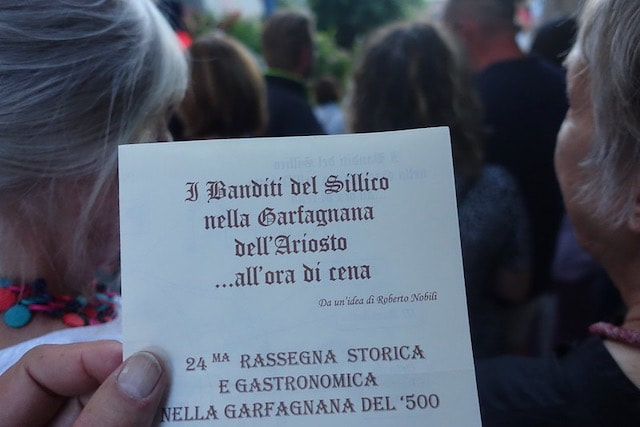
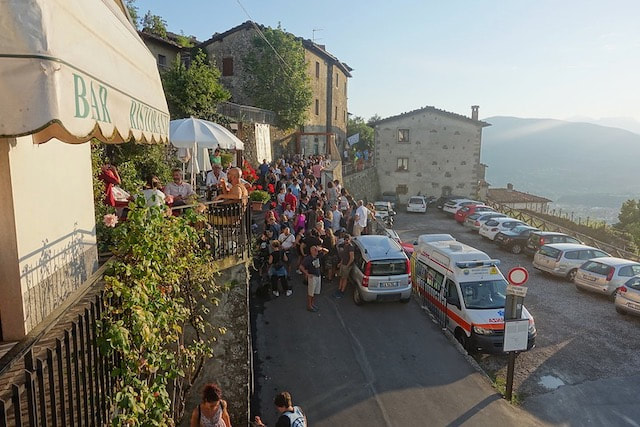
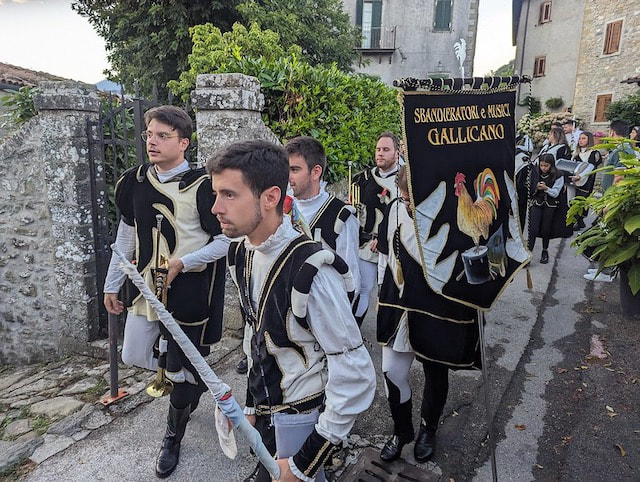
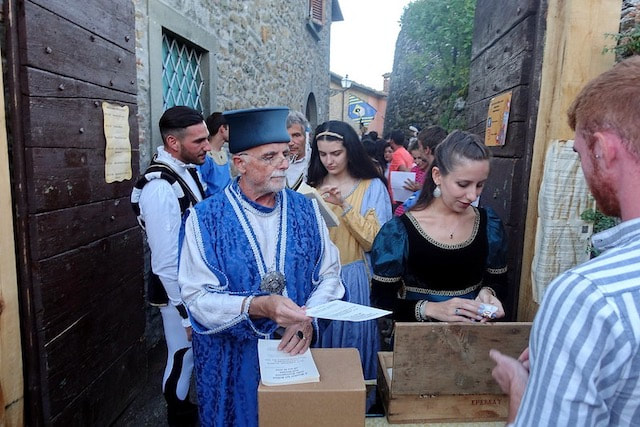
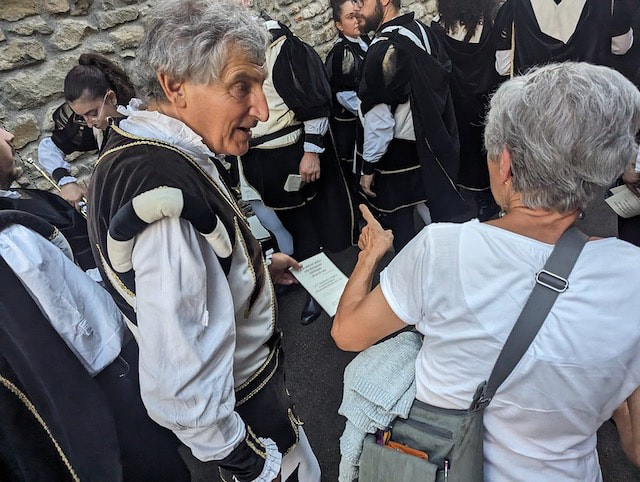

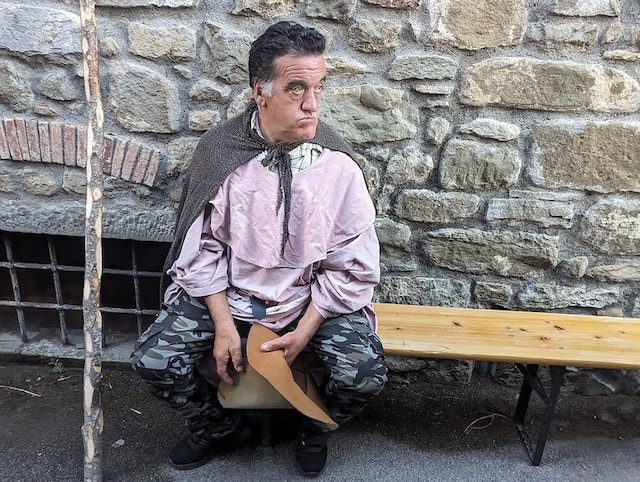
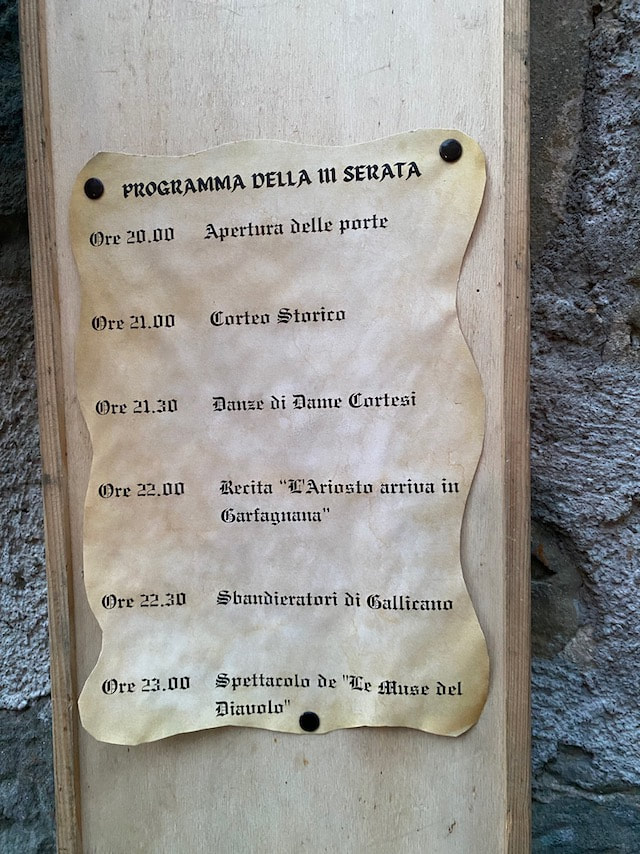
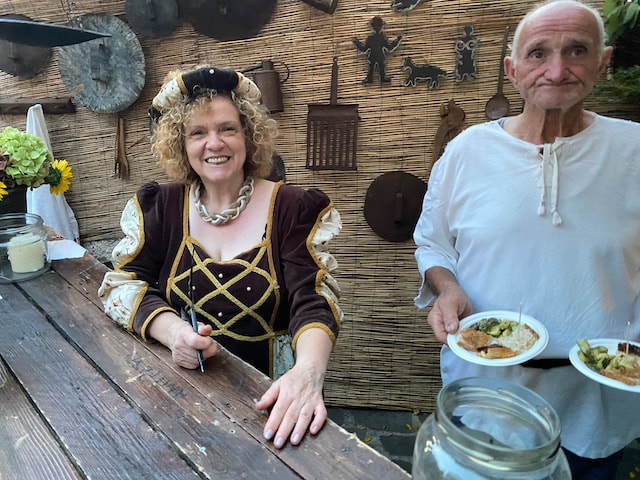
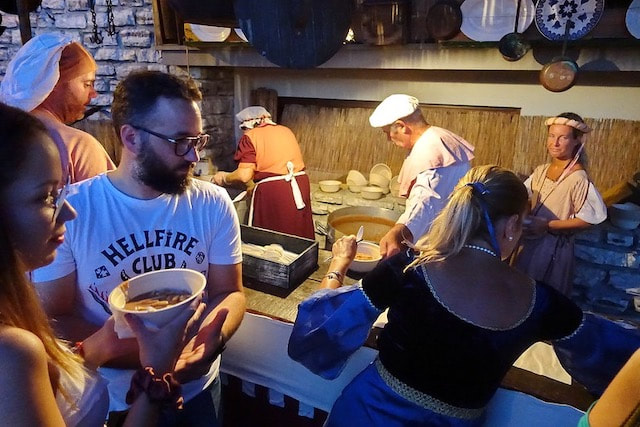
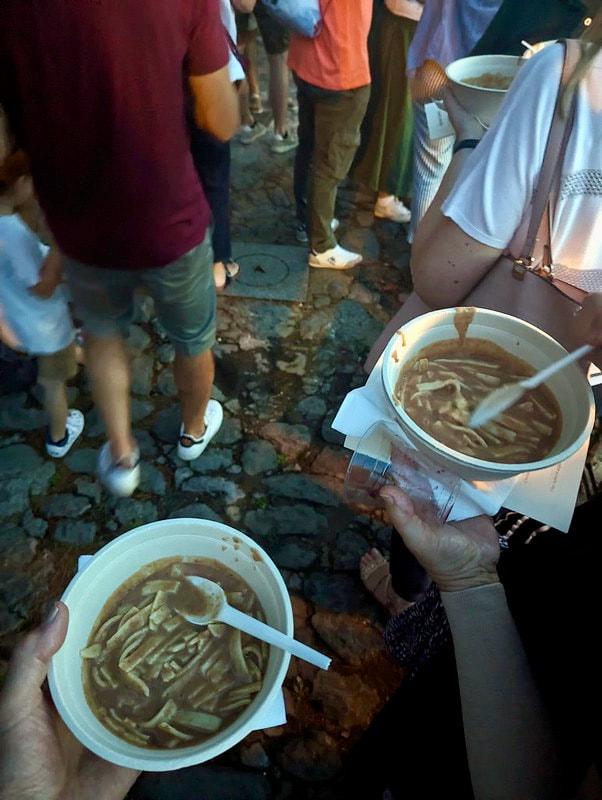
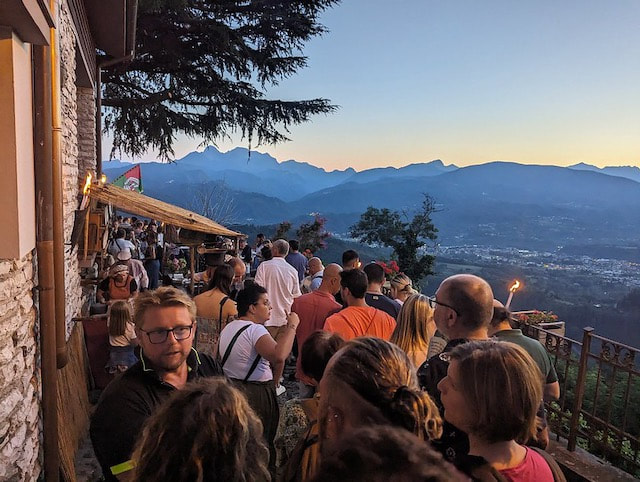
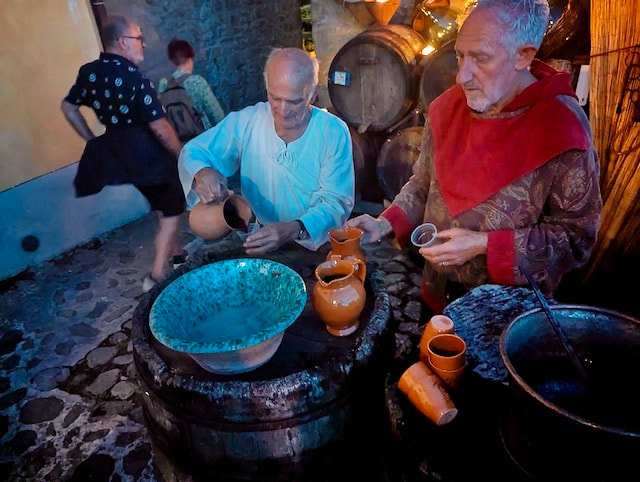
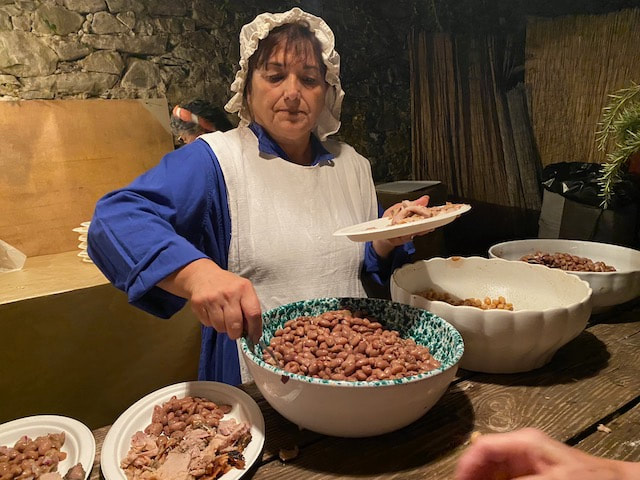
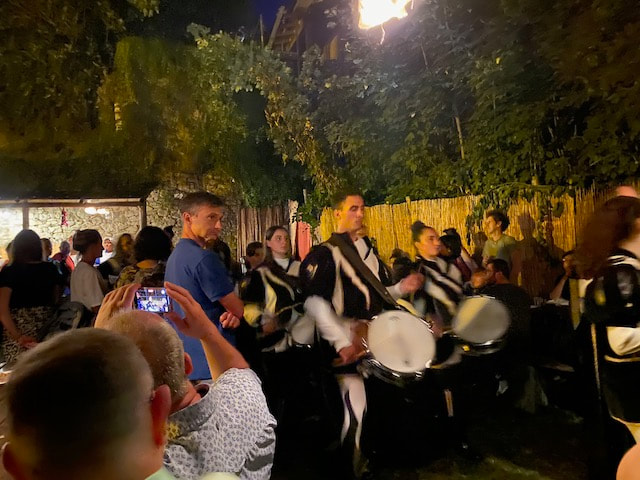
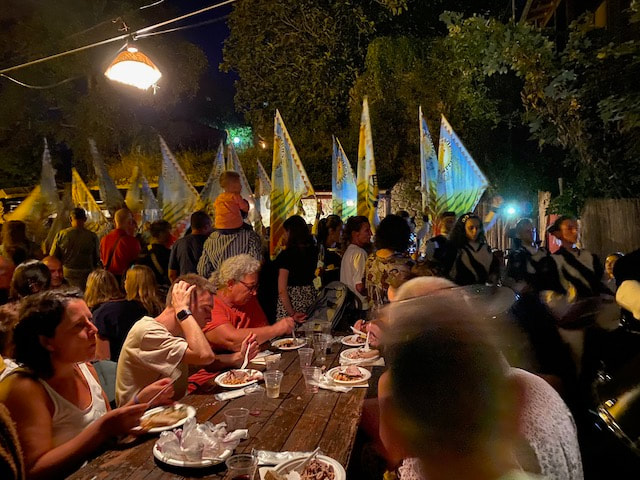
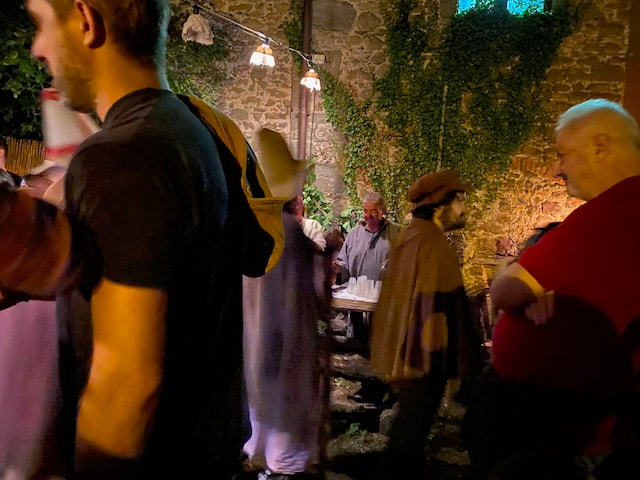
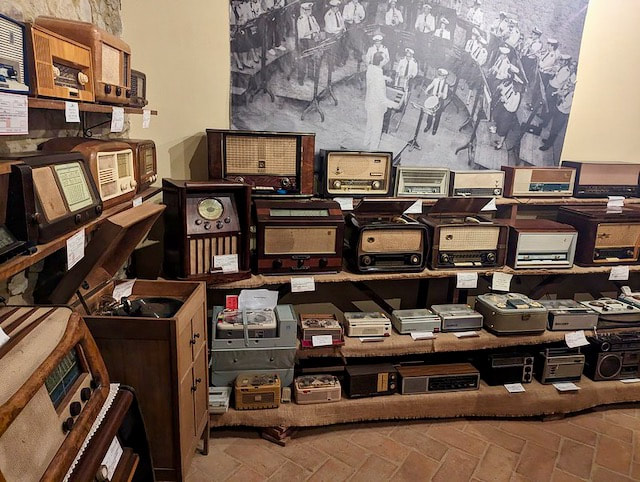
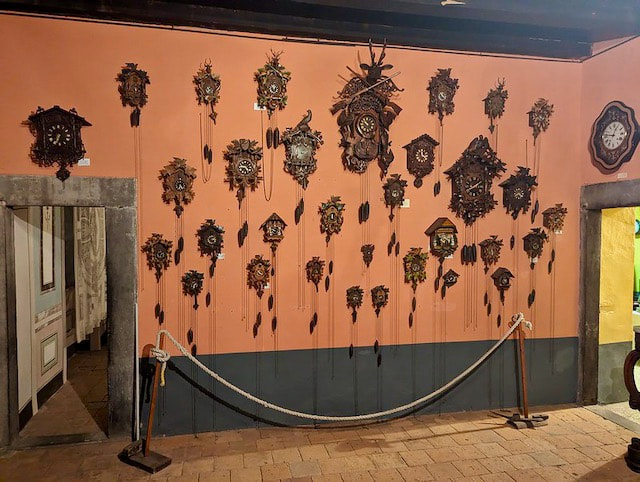
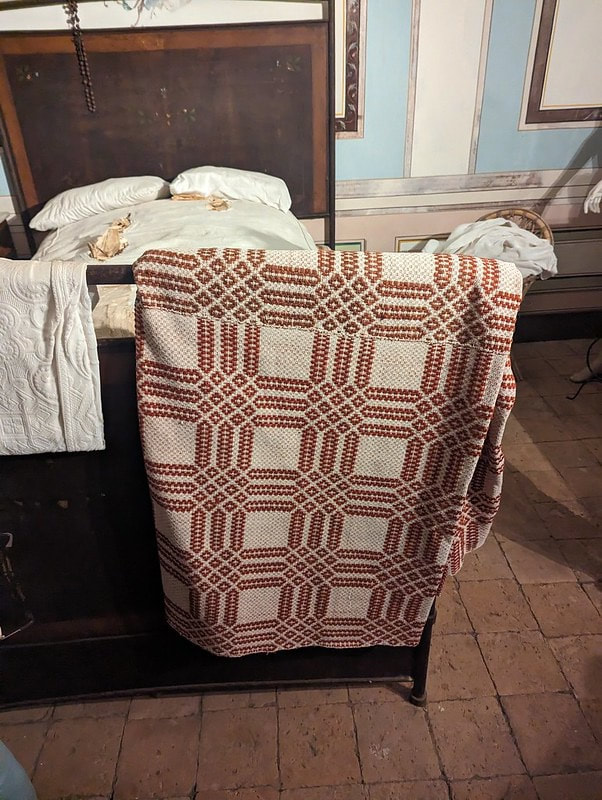
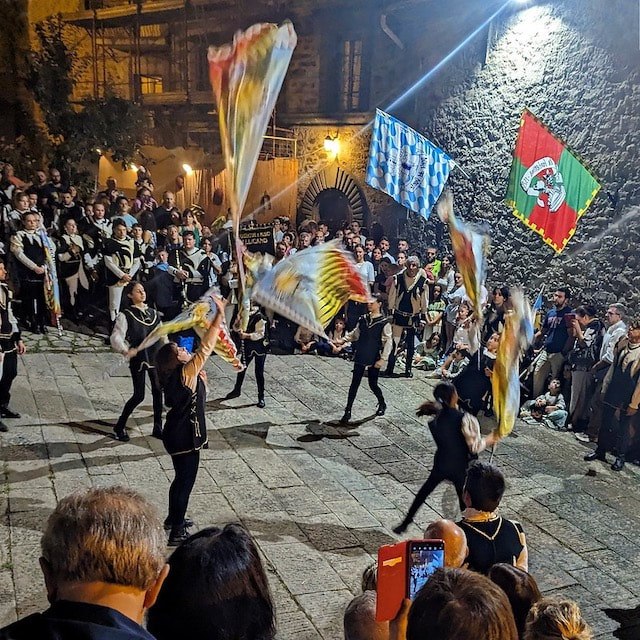
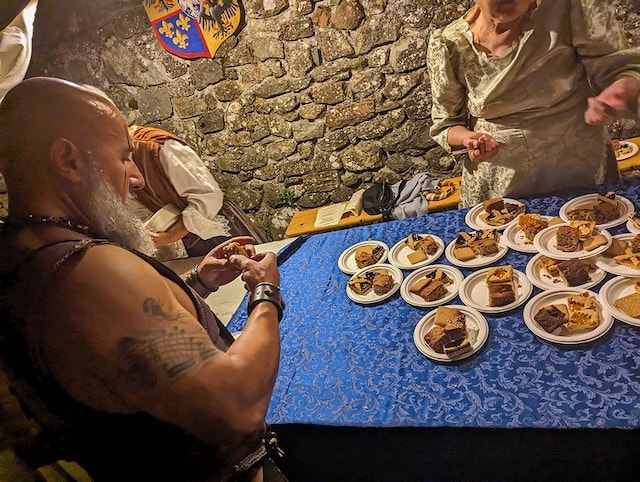
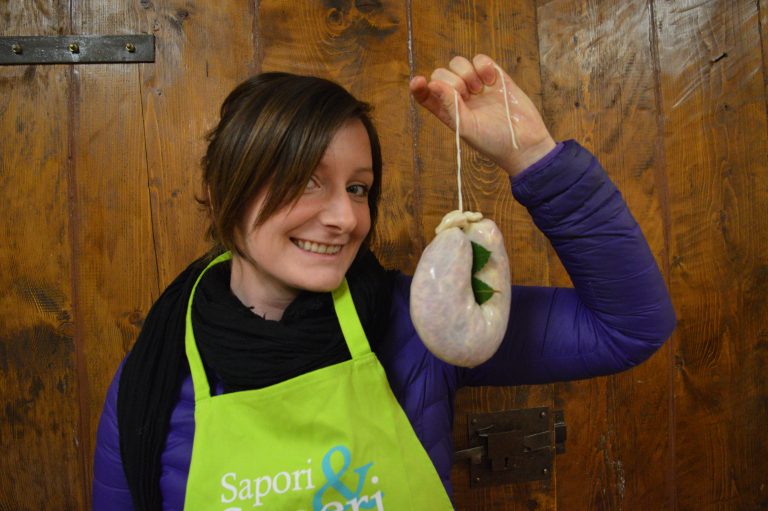
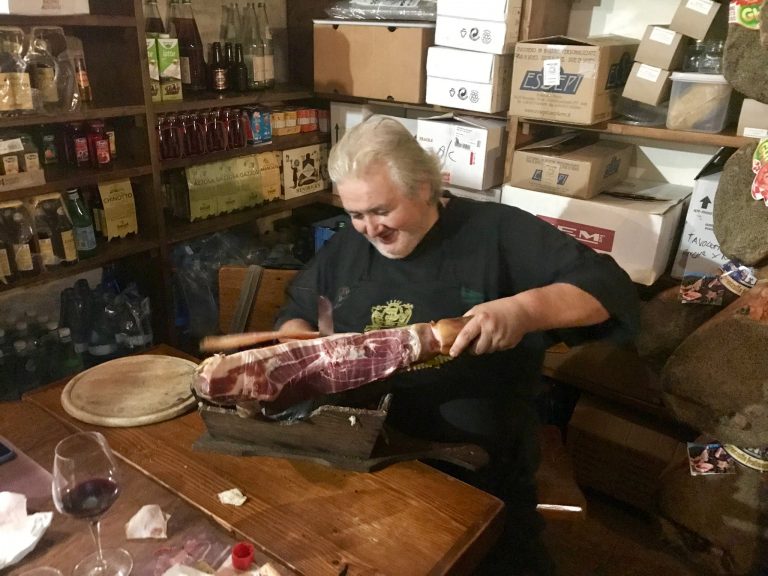
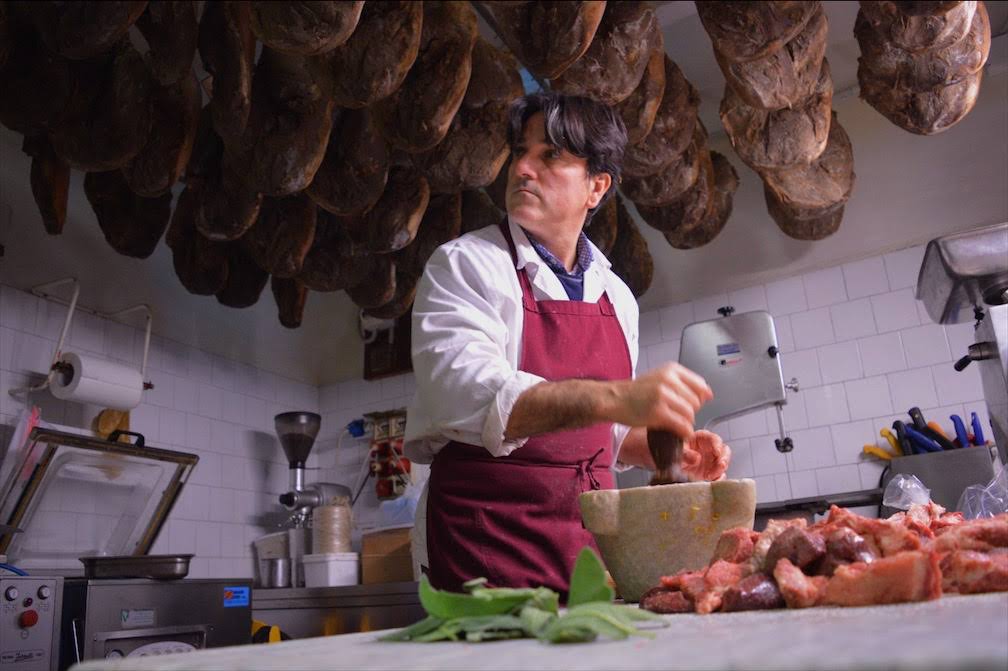

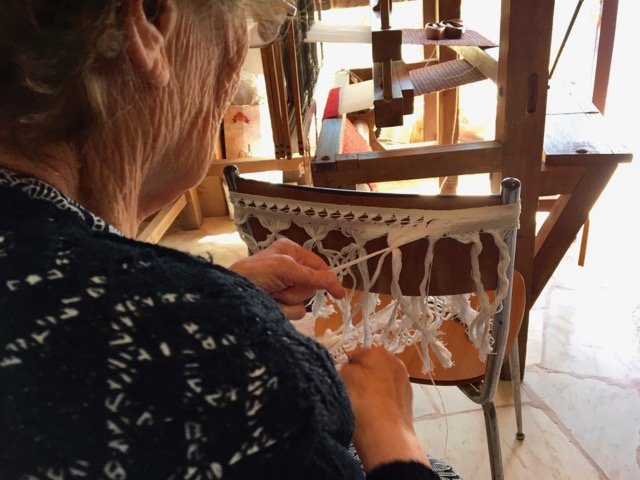
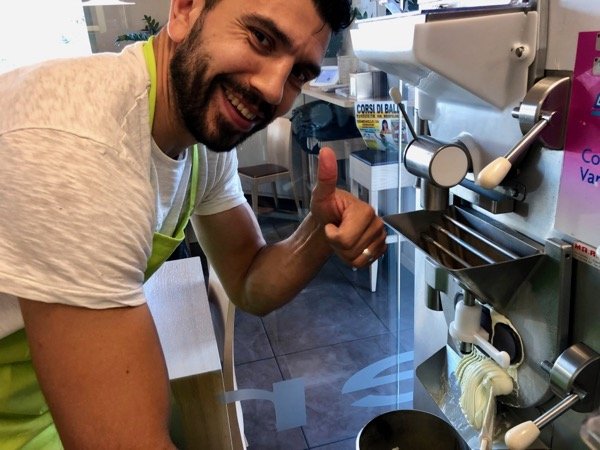
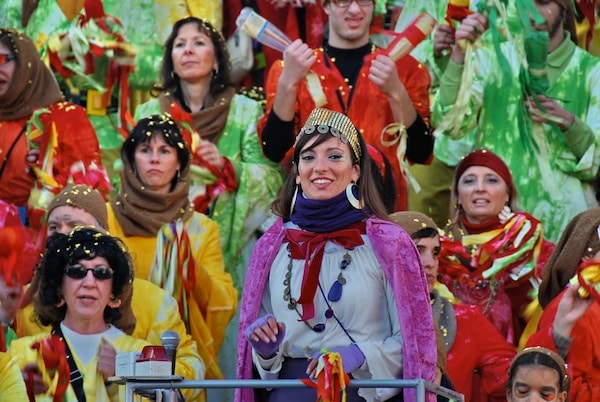
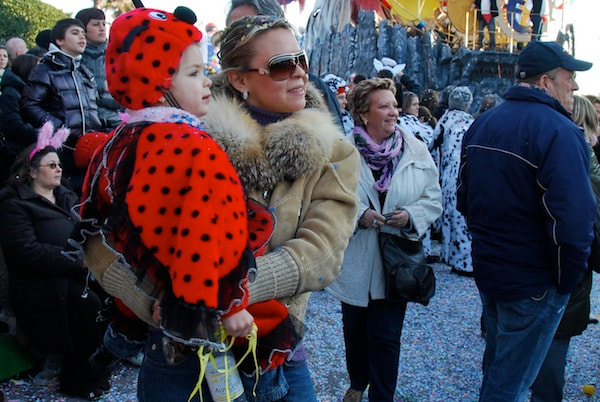
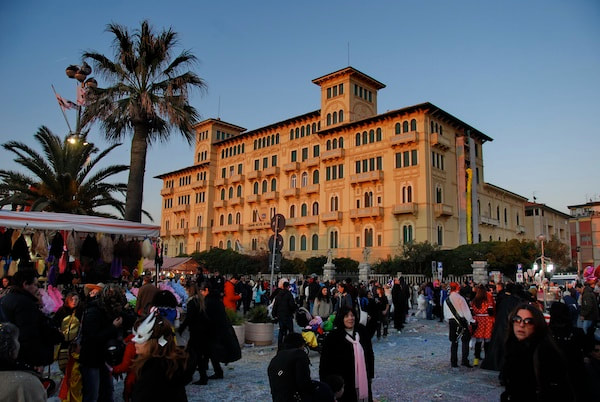
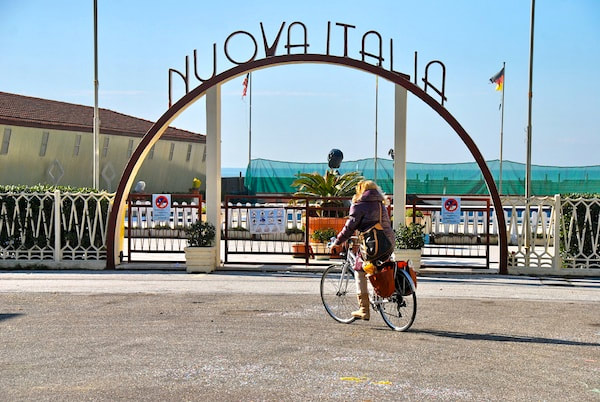
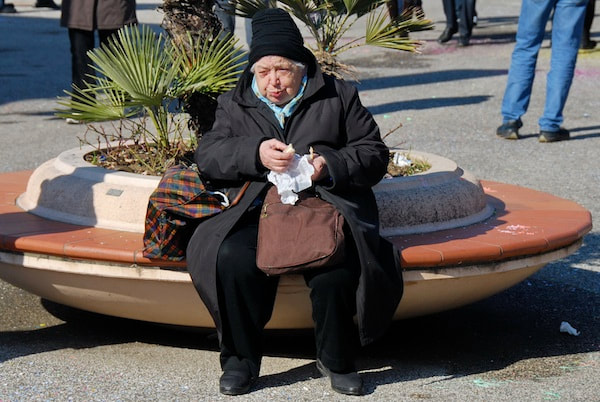


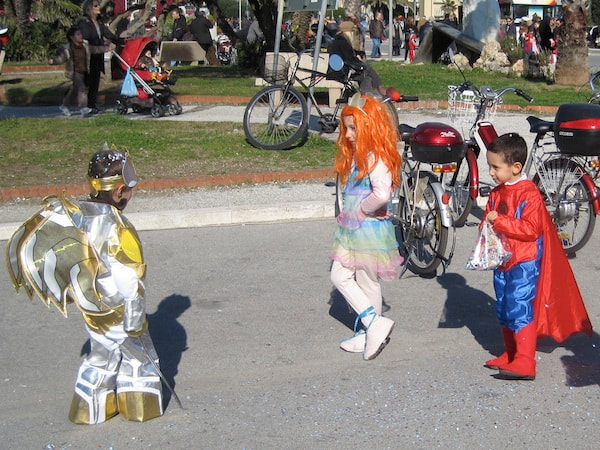
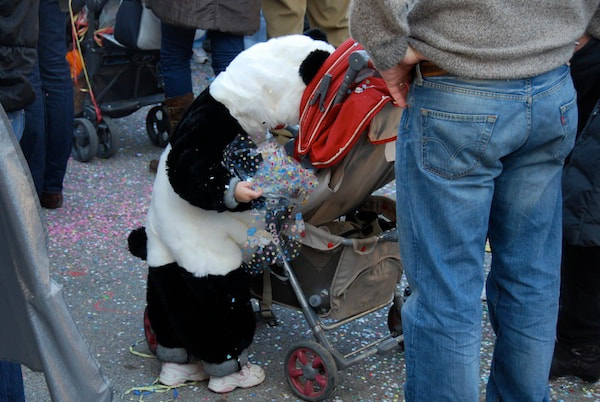
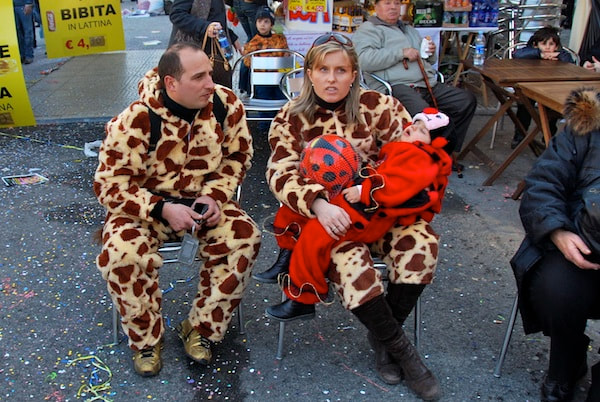
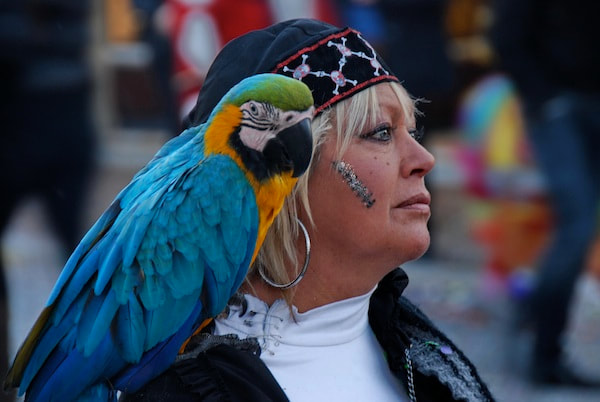
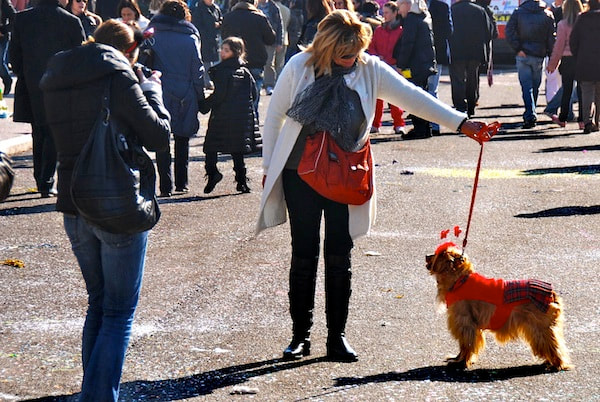
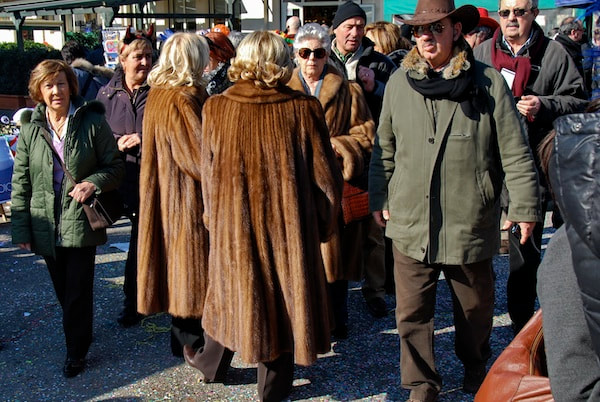
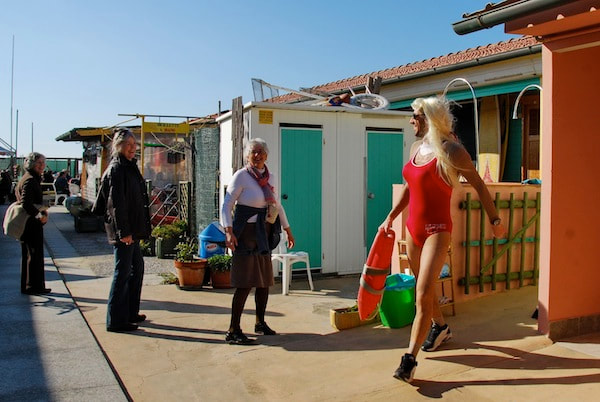
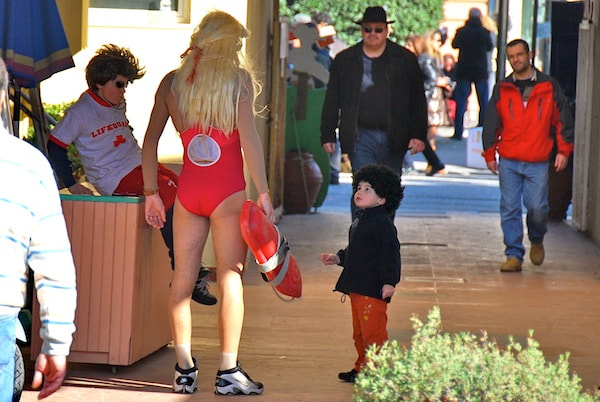
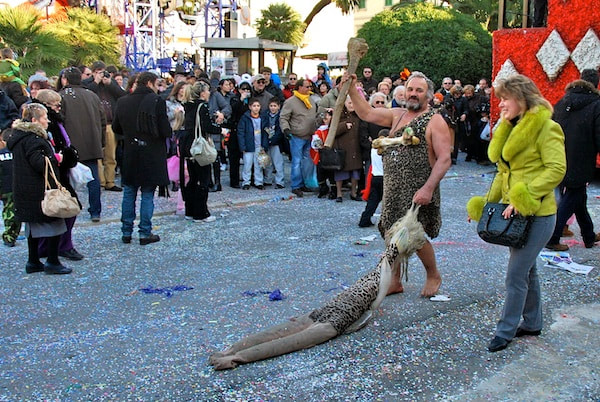
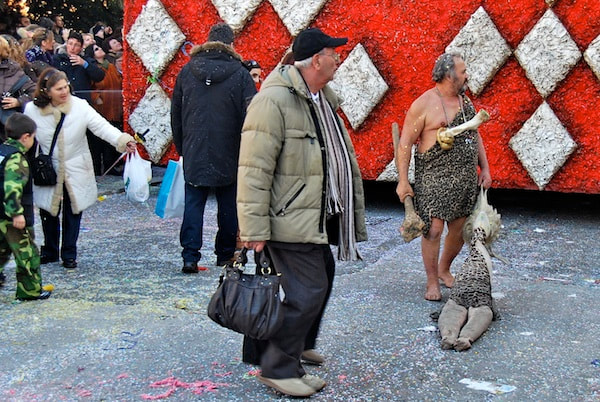

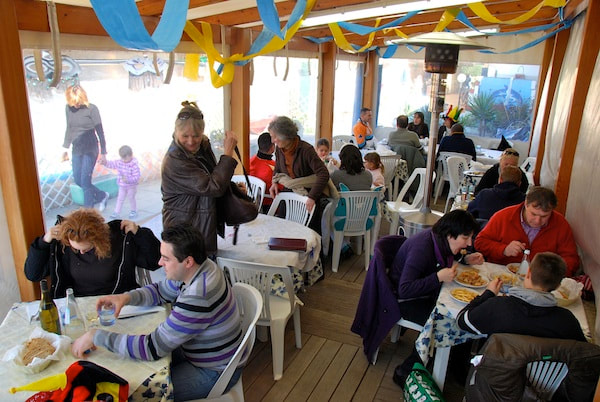
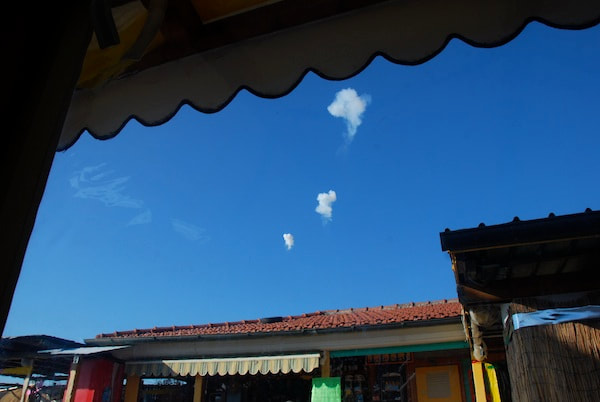

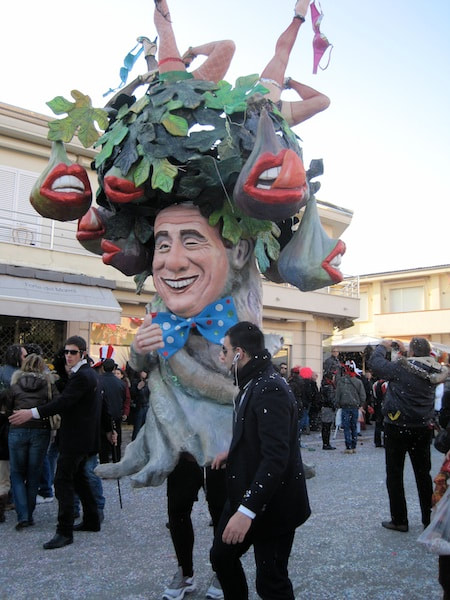



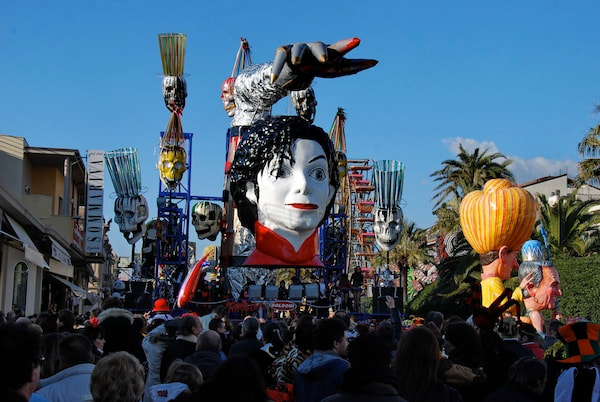
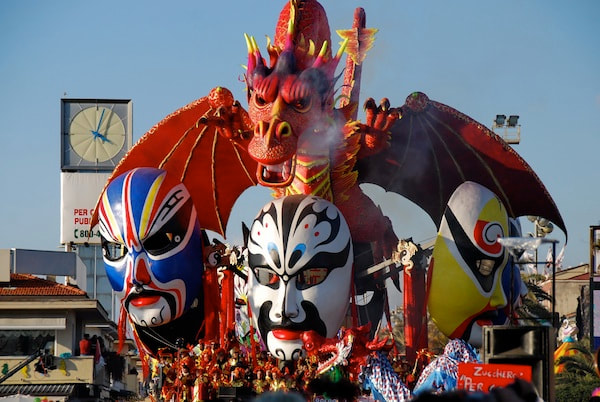

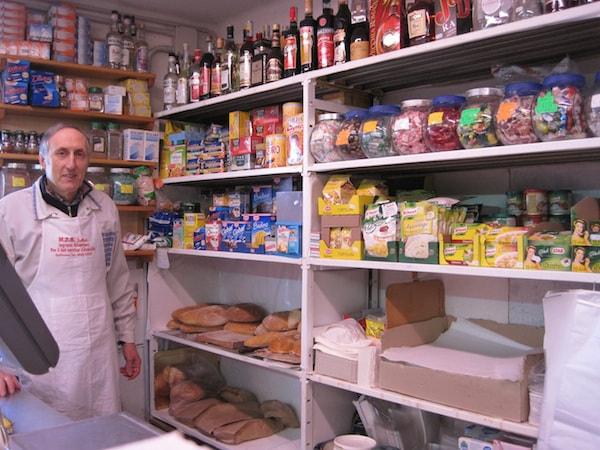
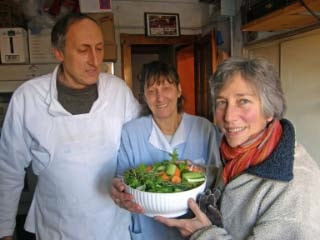
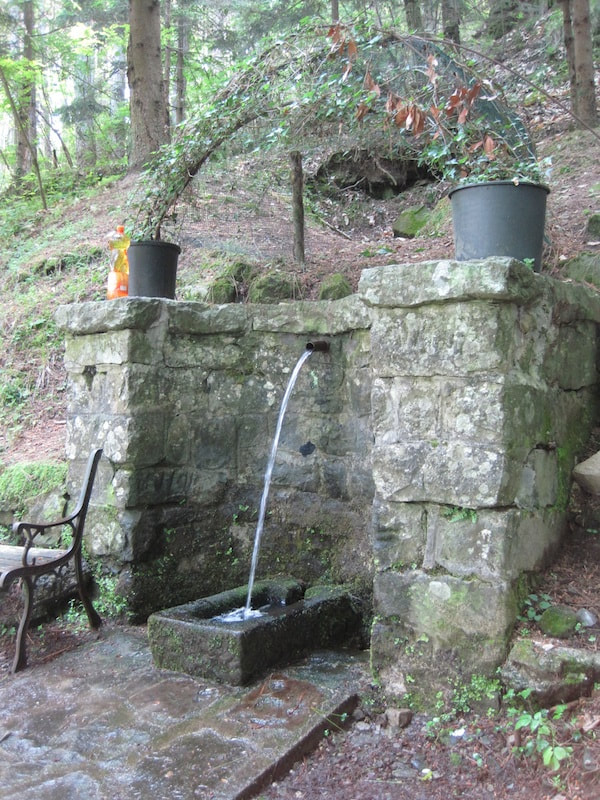
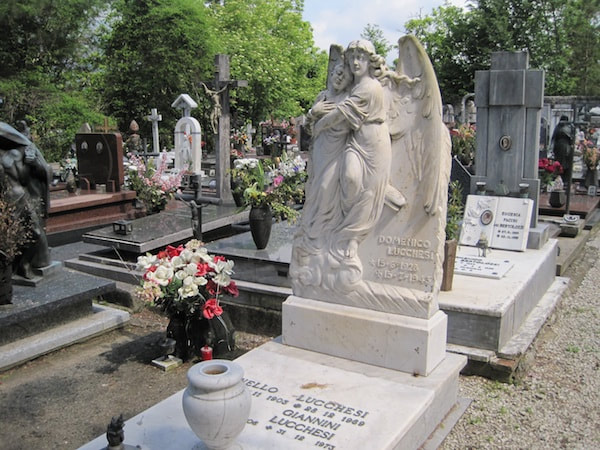
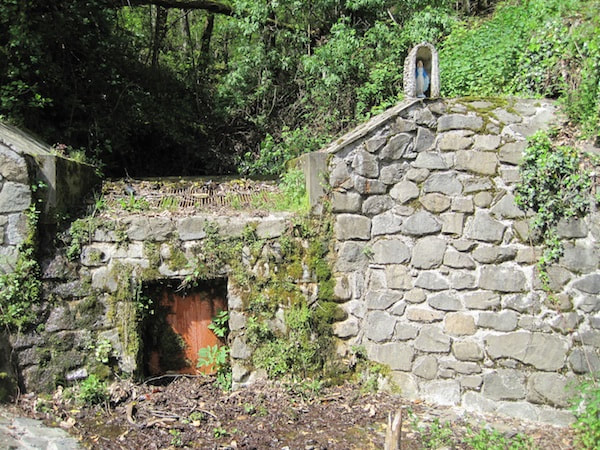
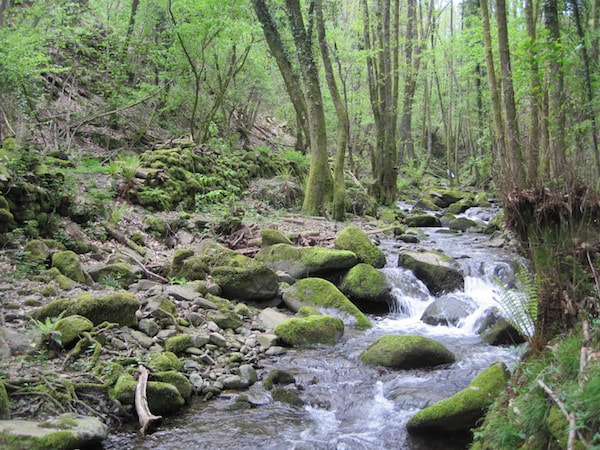
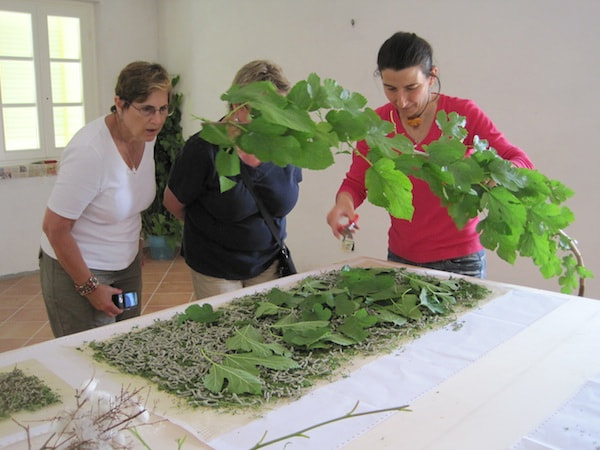

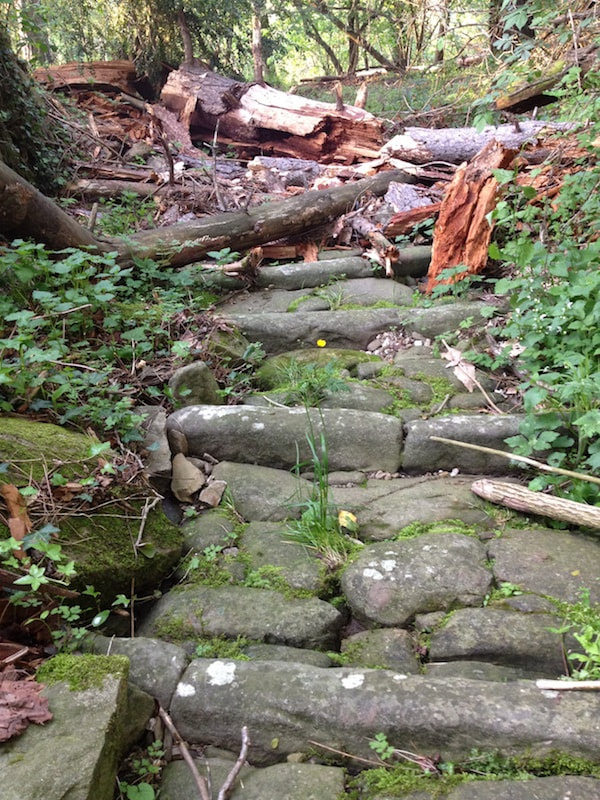

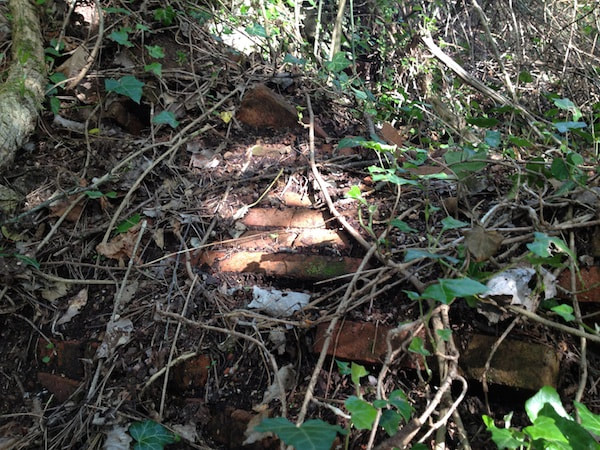
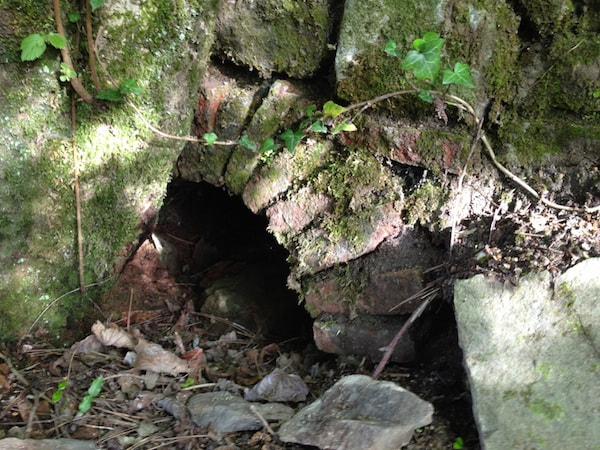

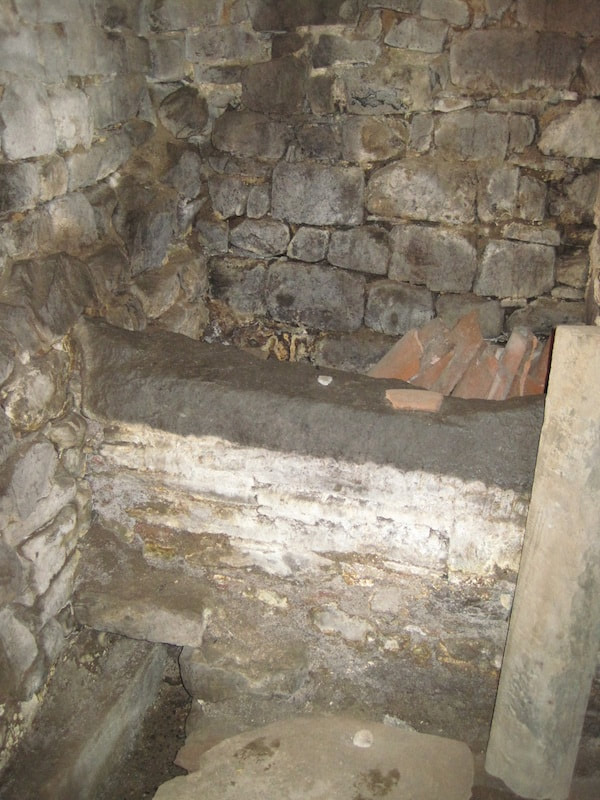
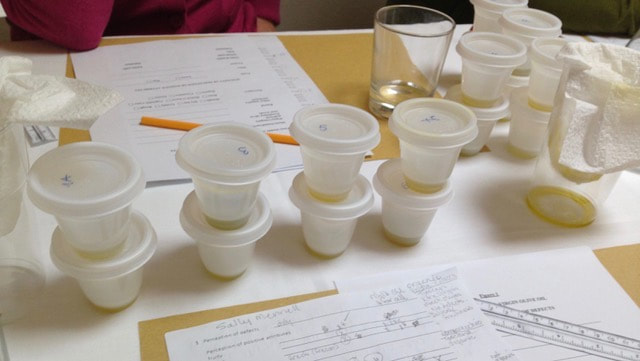
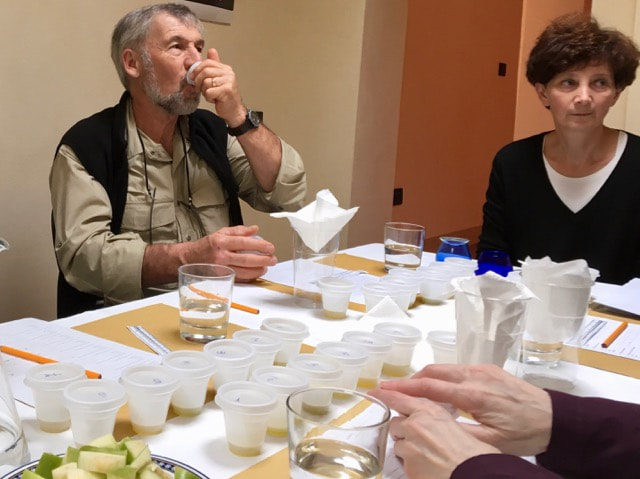
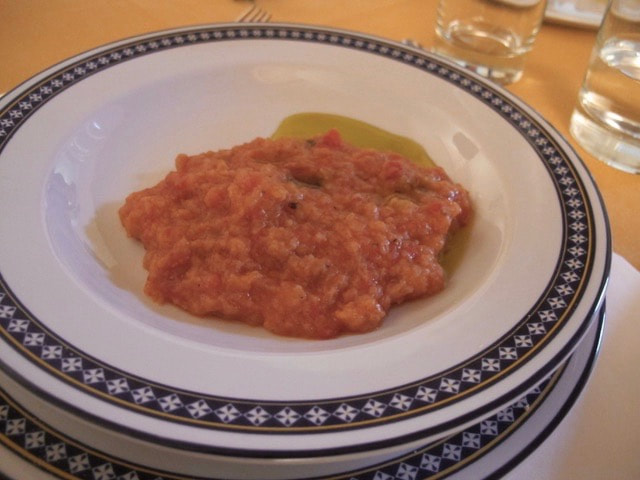
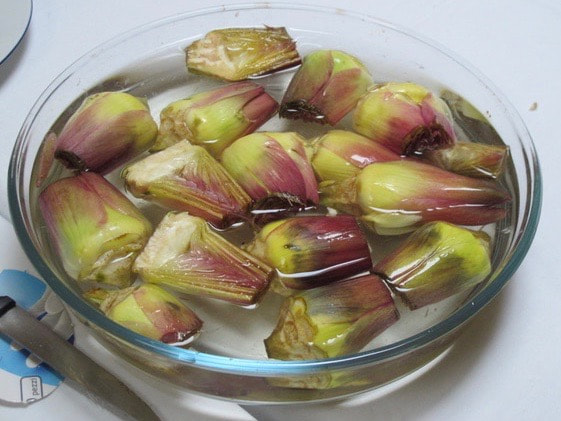
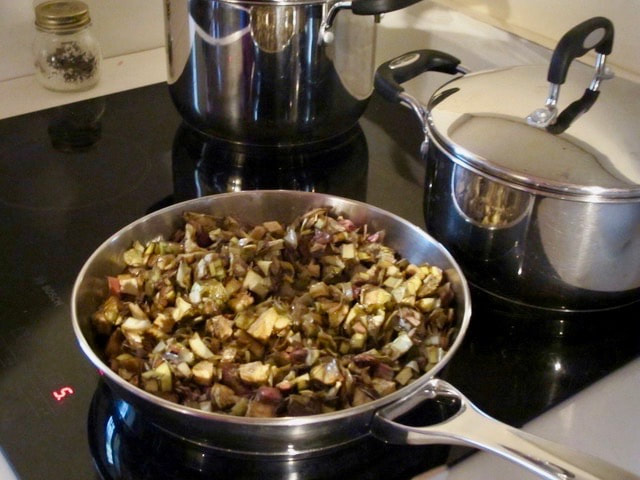
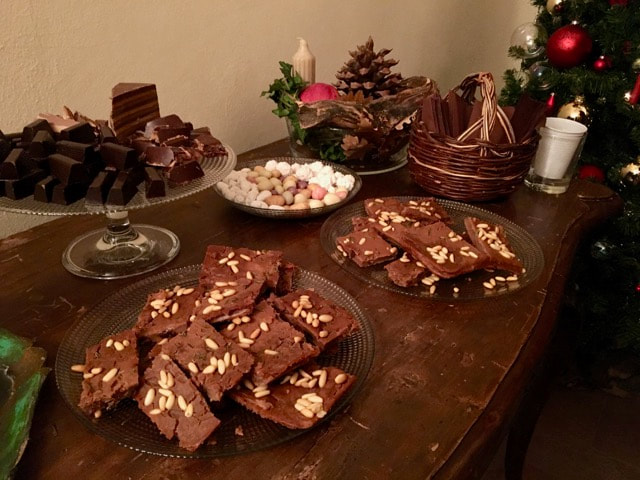
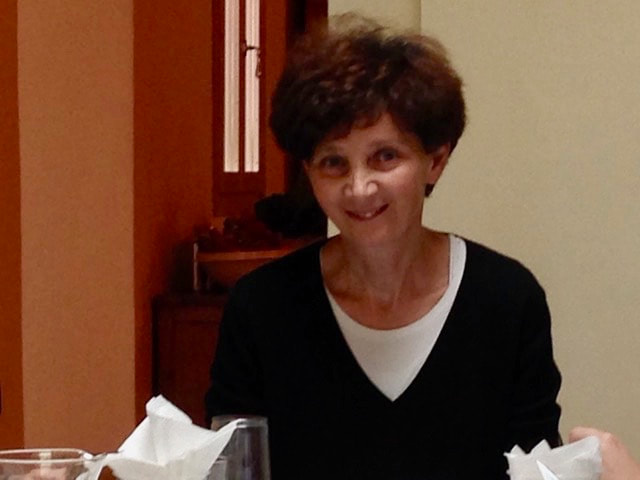
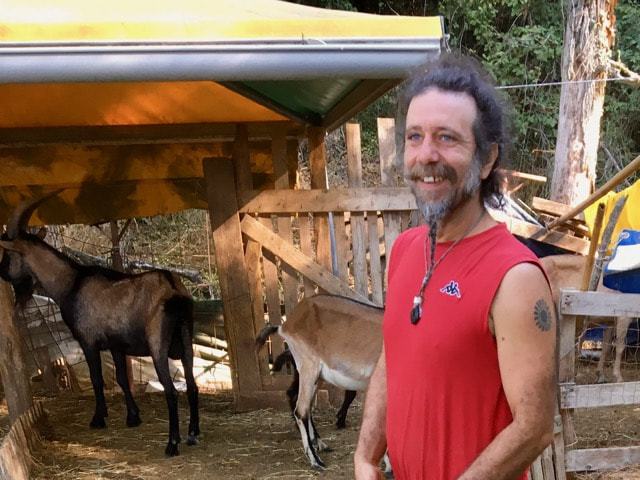
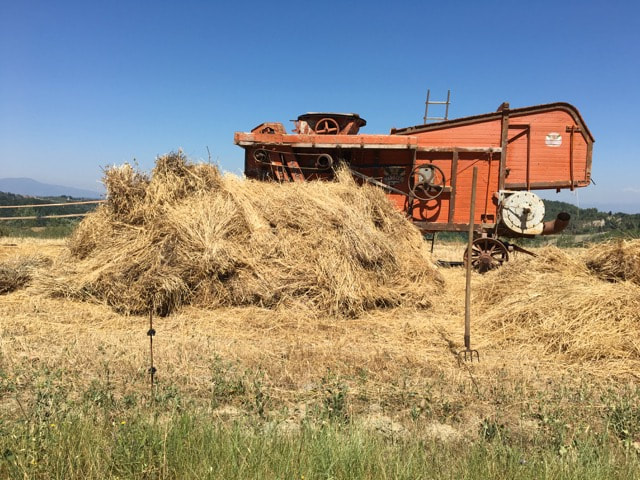
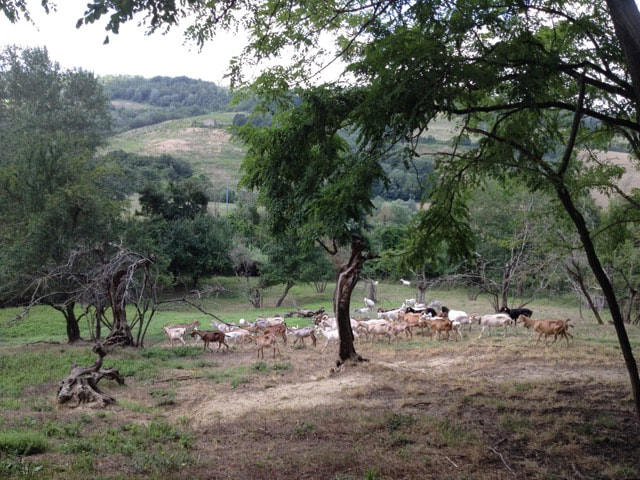
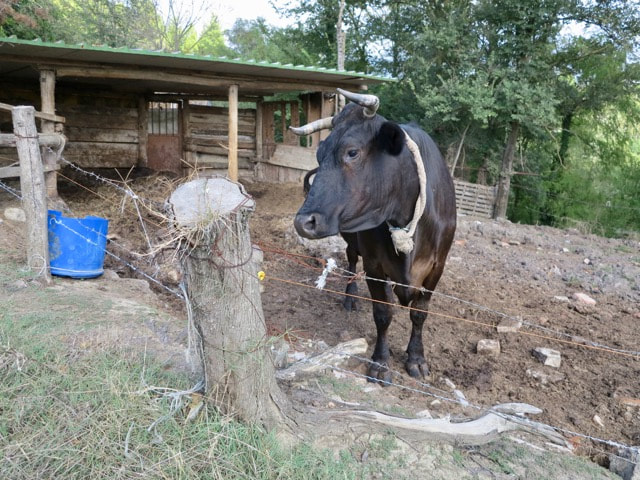
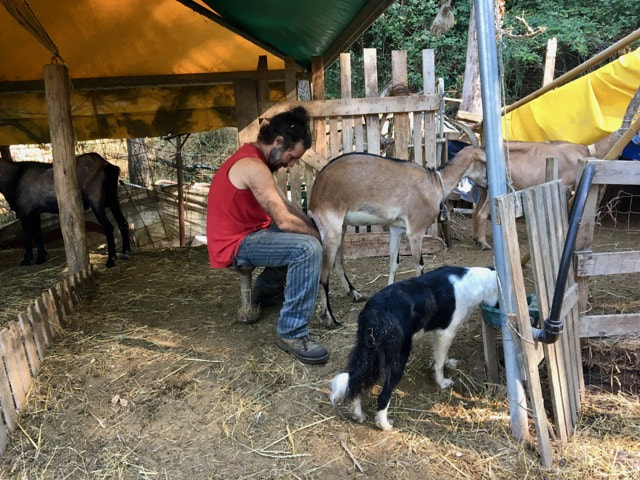
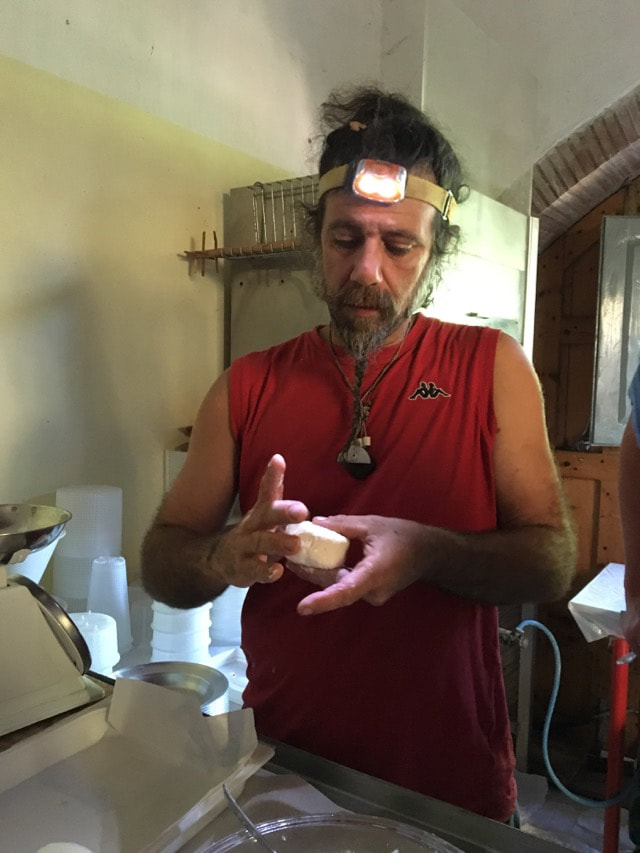
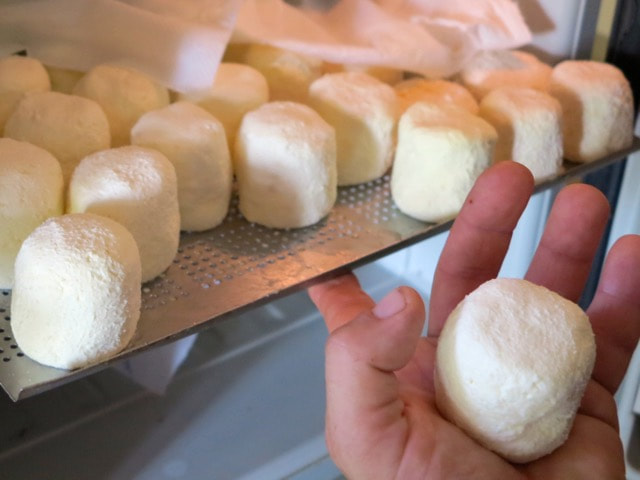
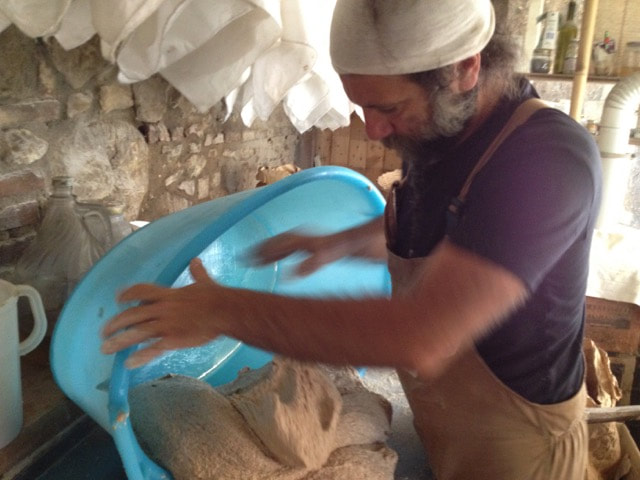
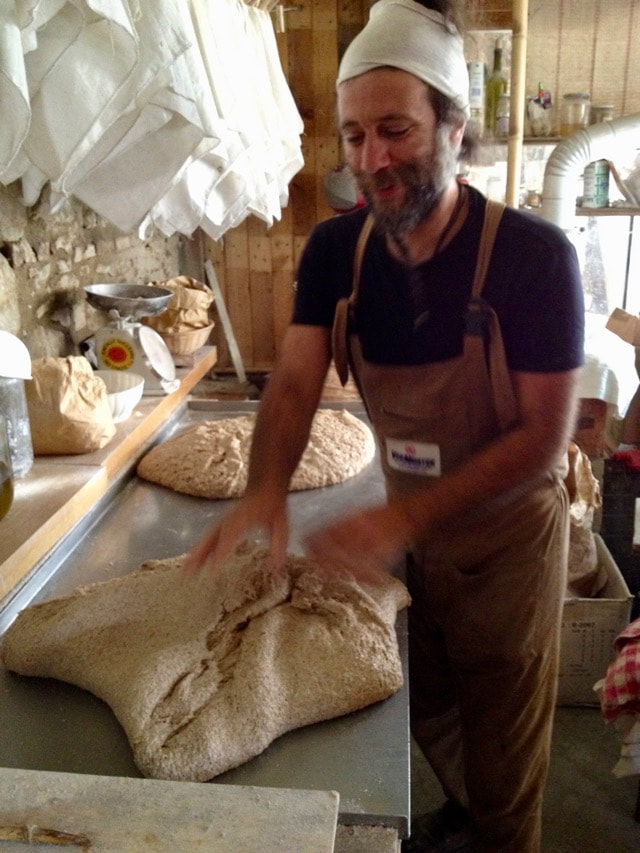
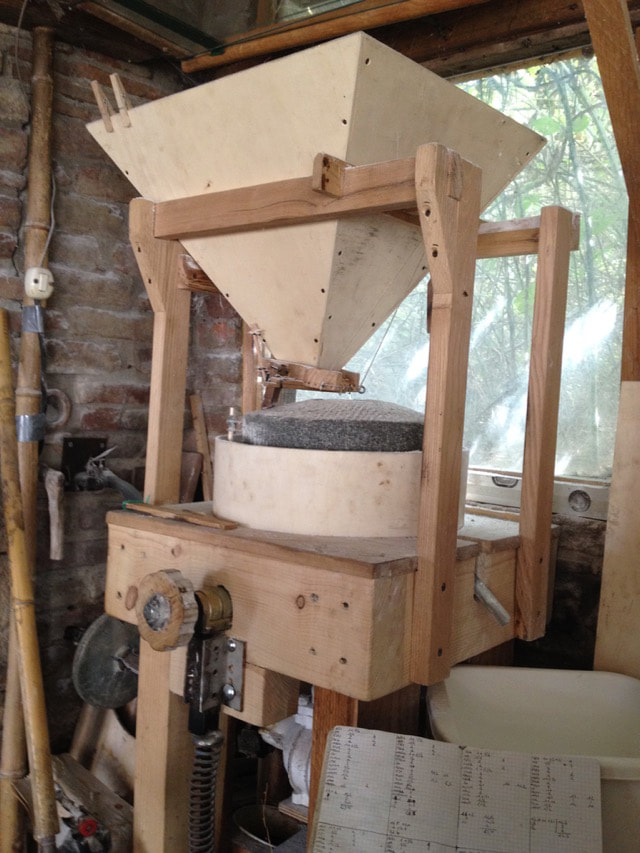
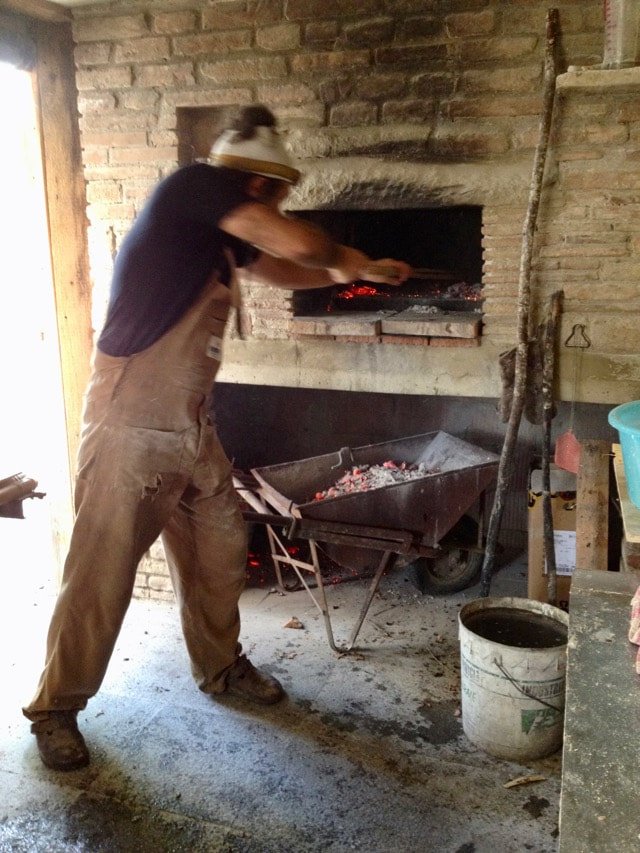
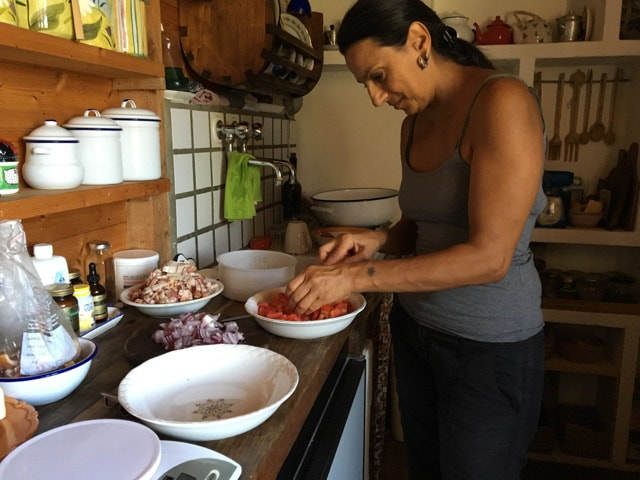
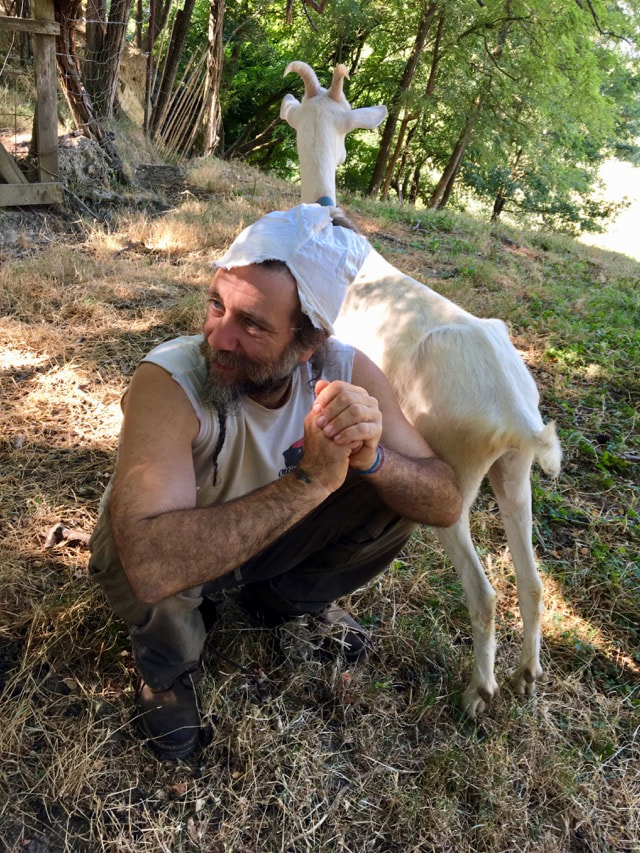

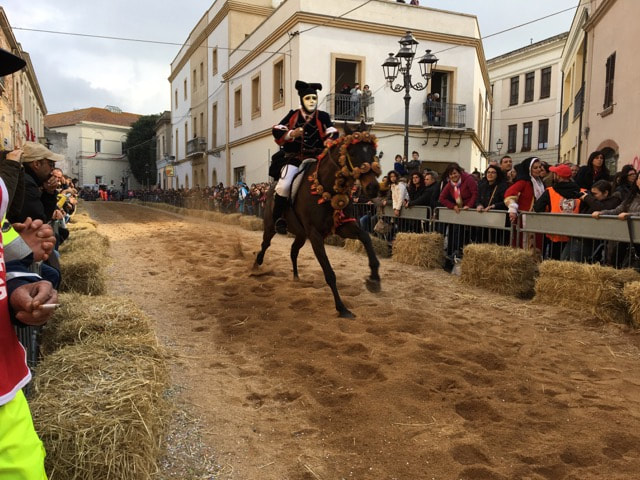
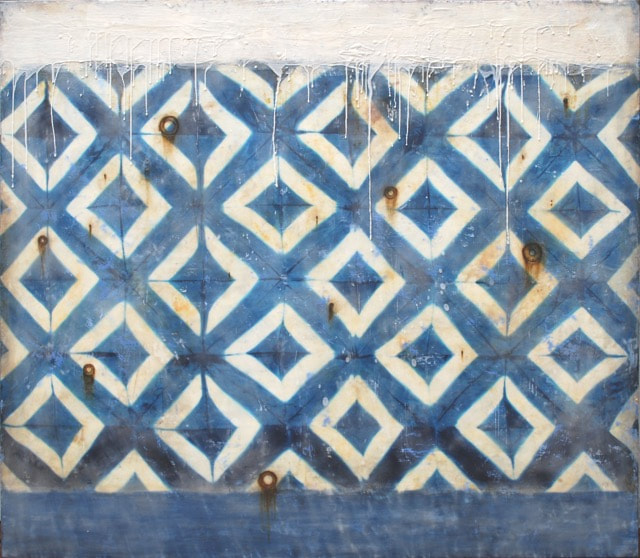
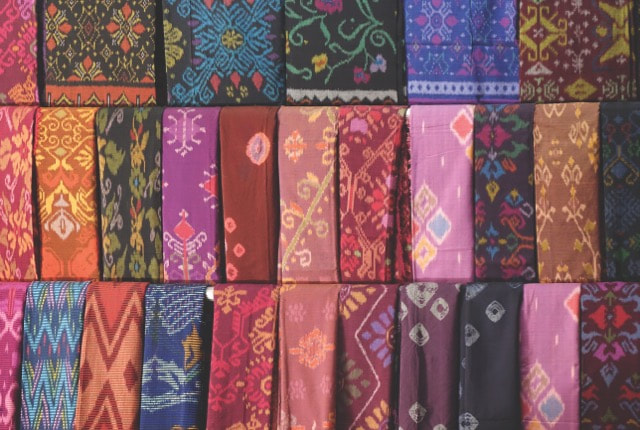
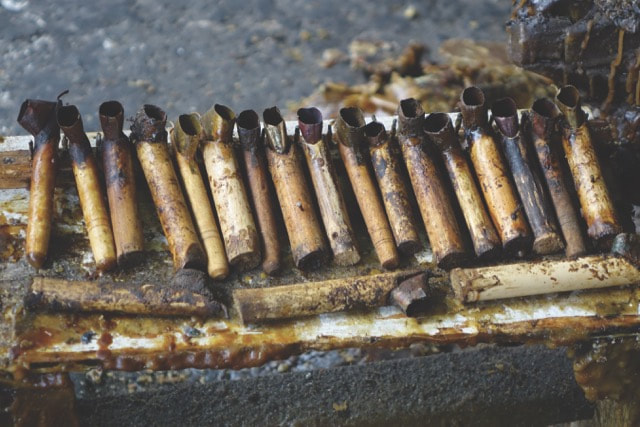
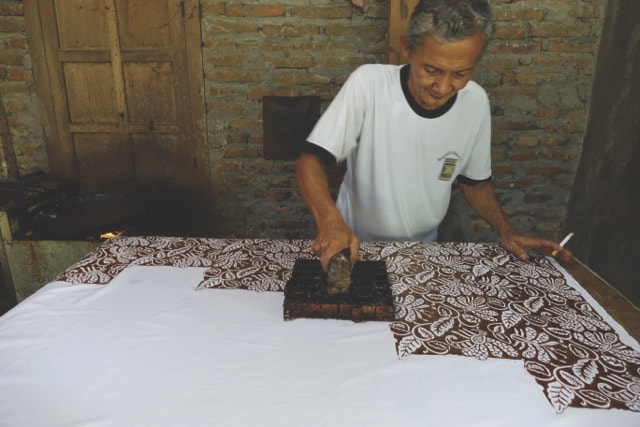
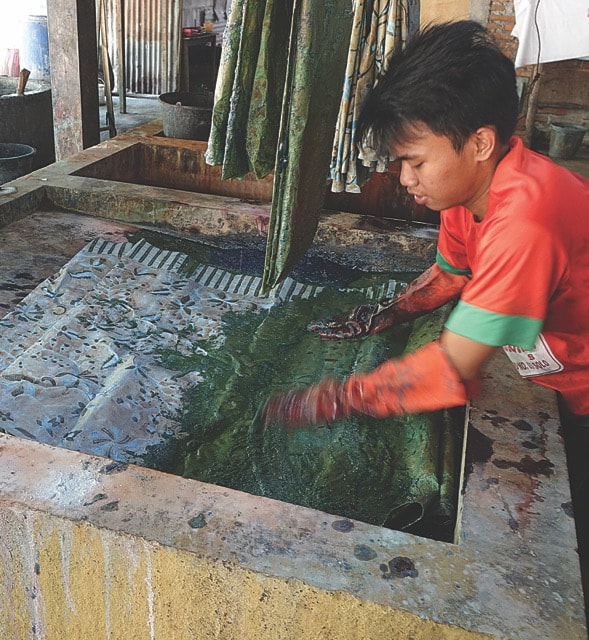
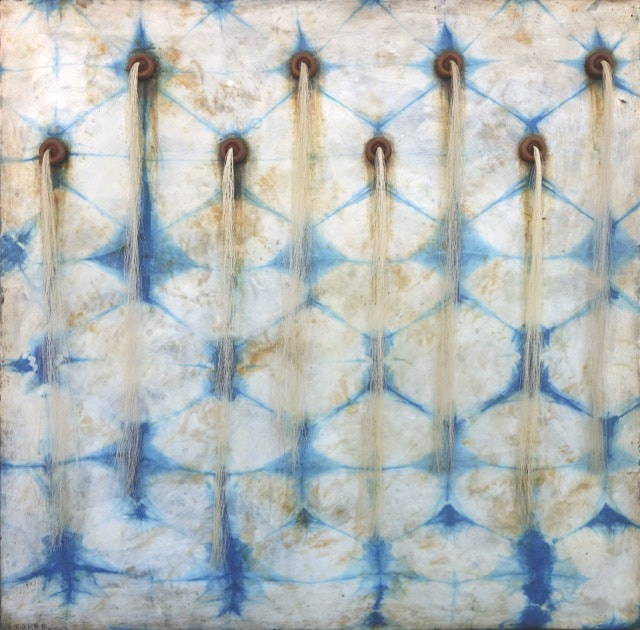
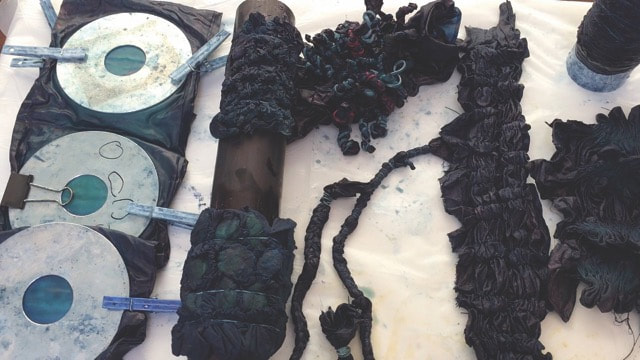
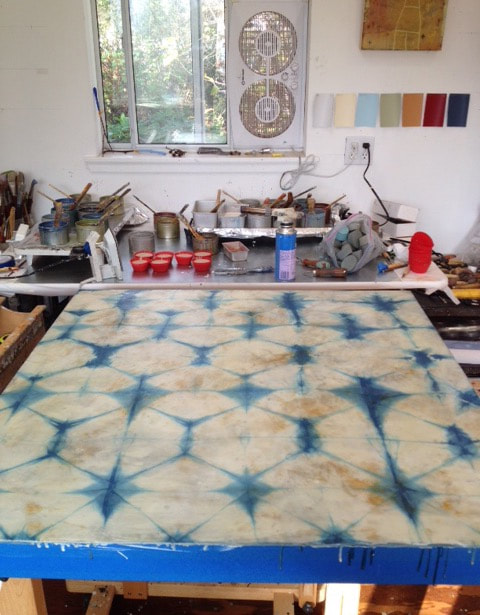
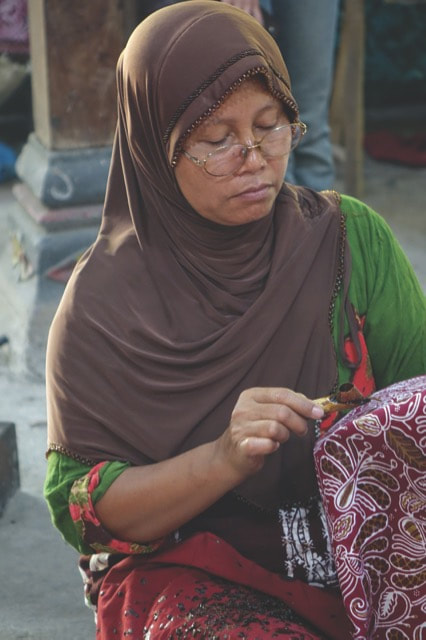
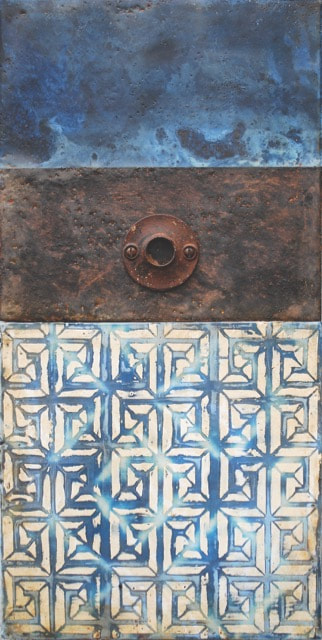
 RSS Feed
RSS Feed



